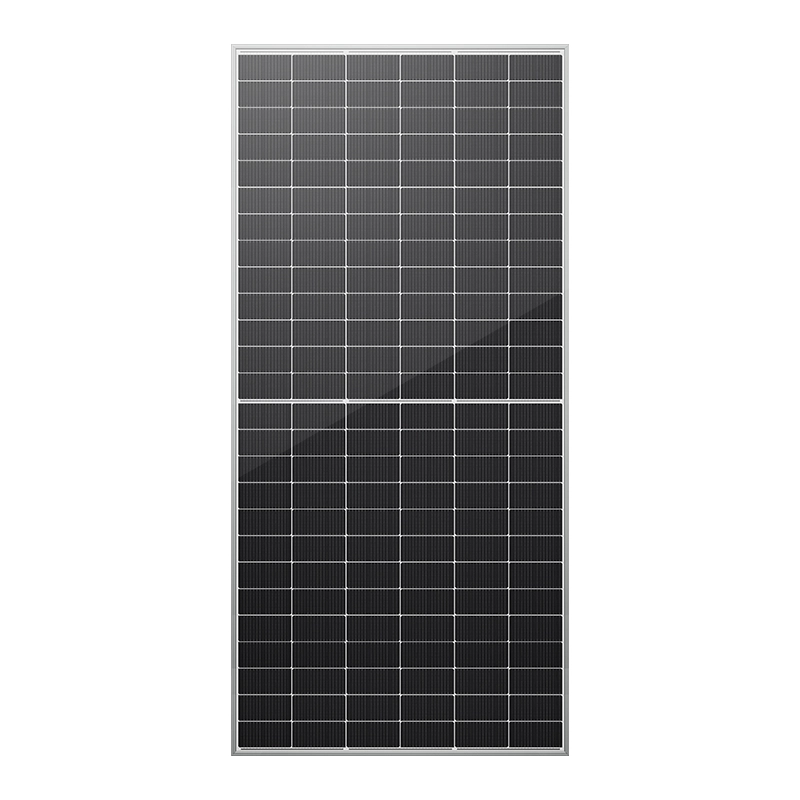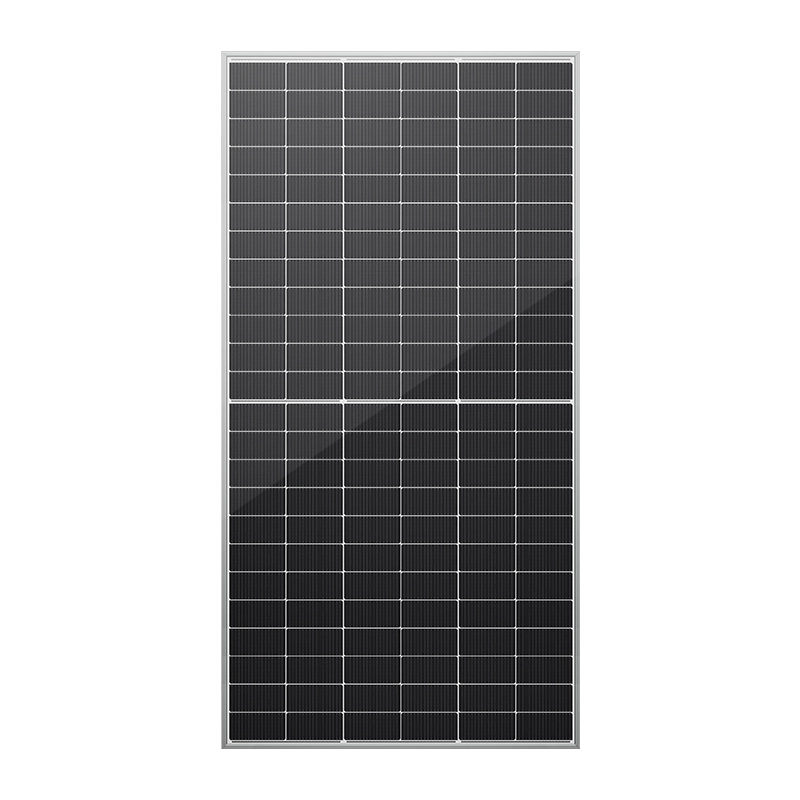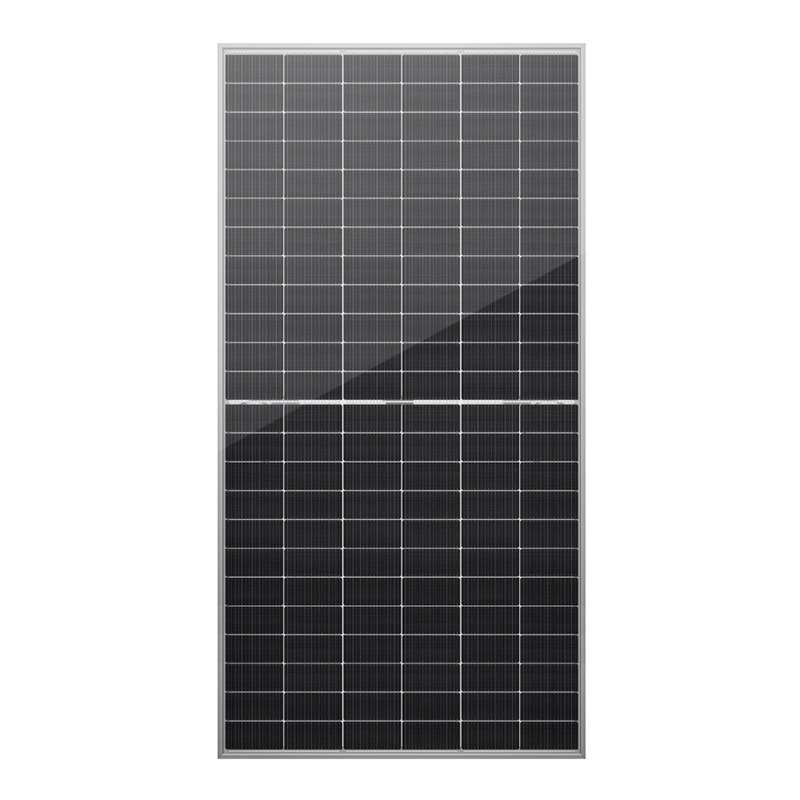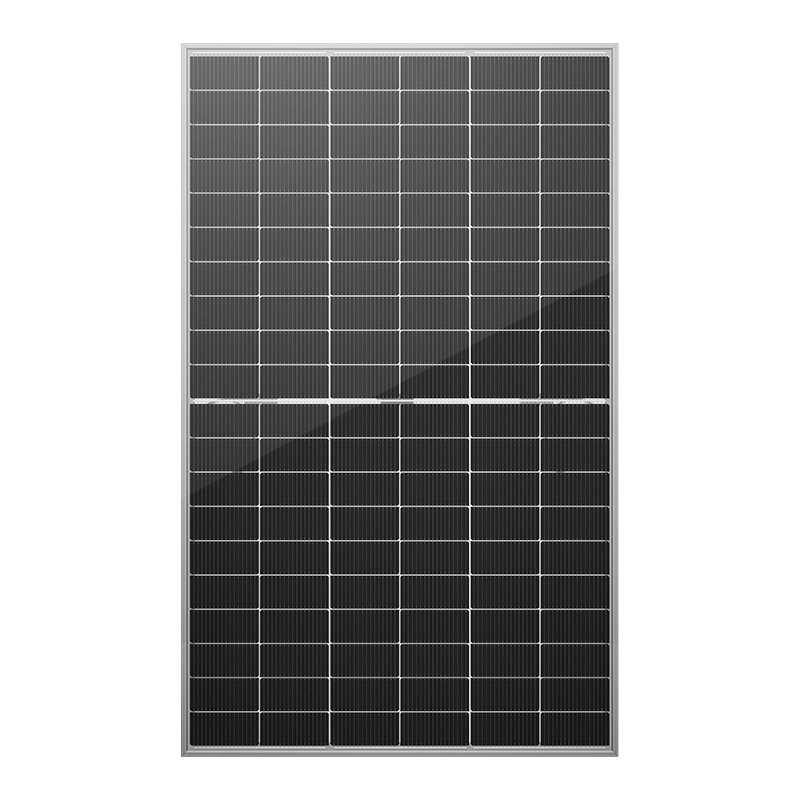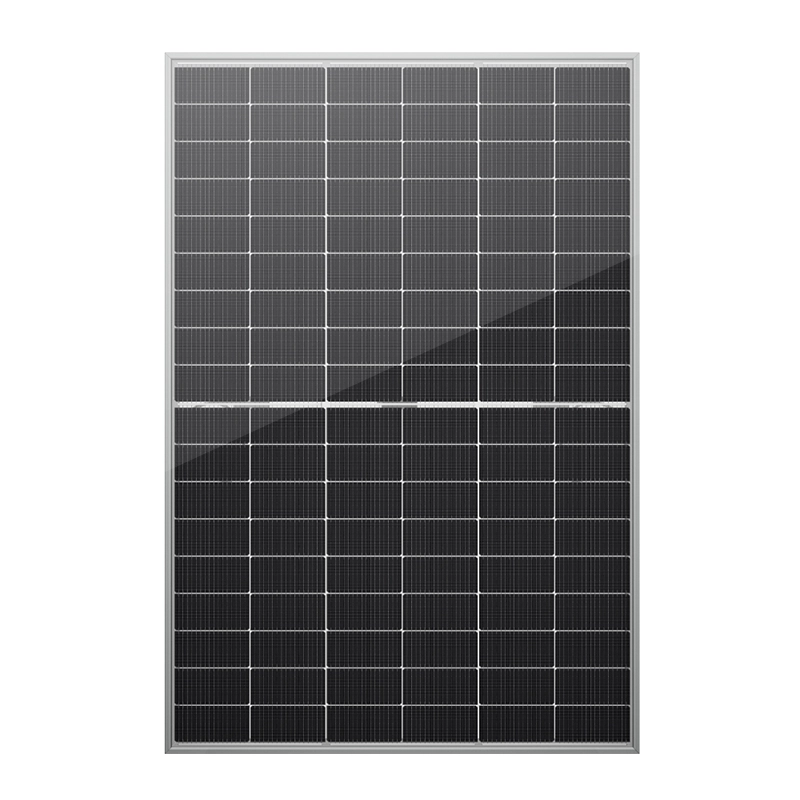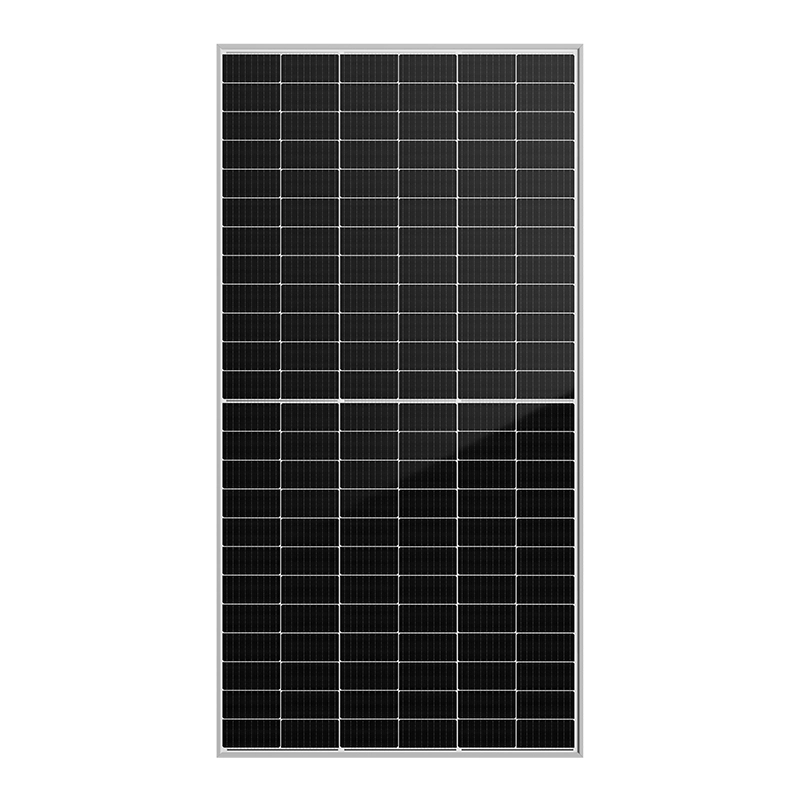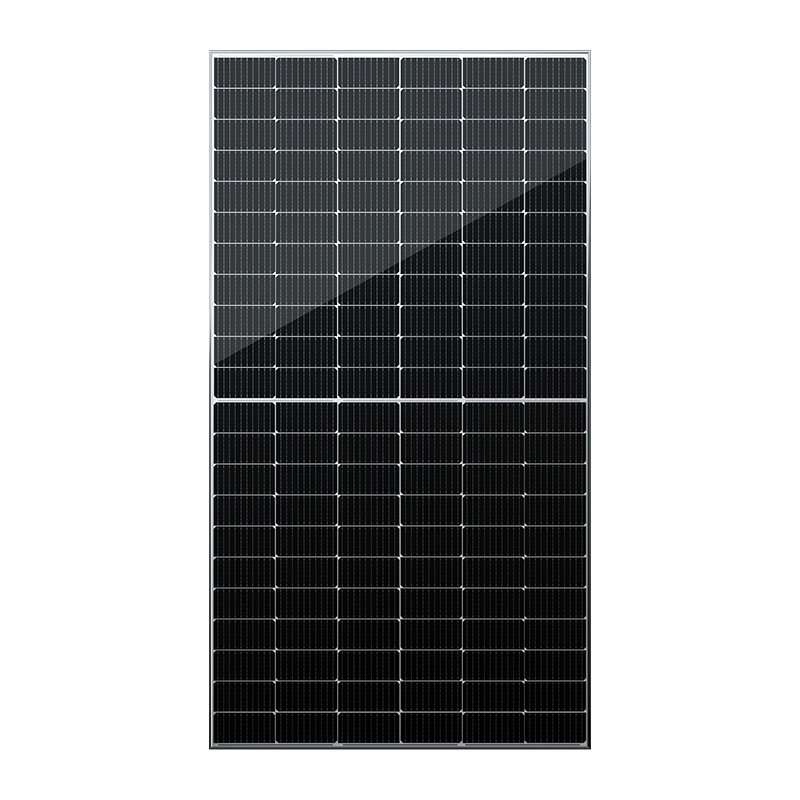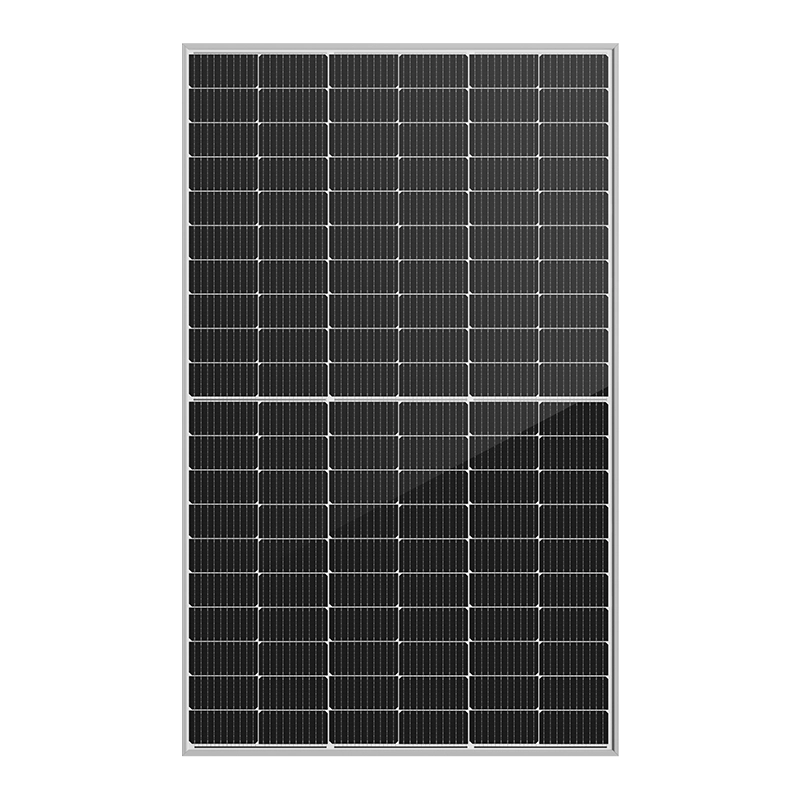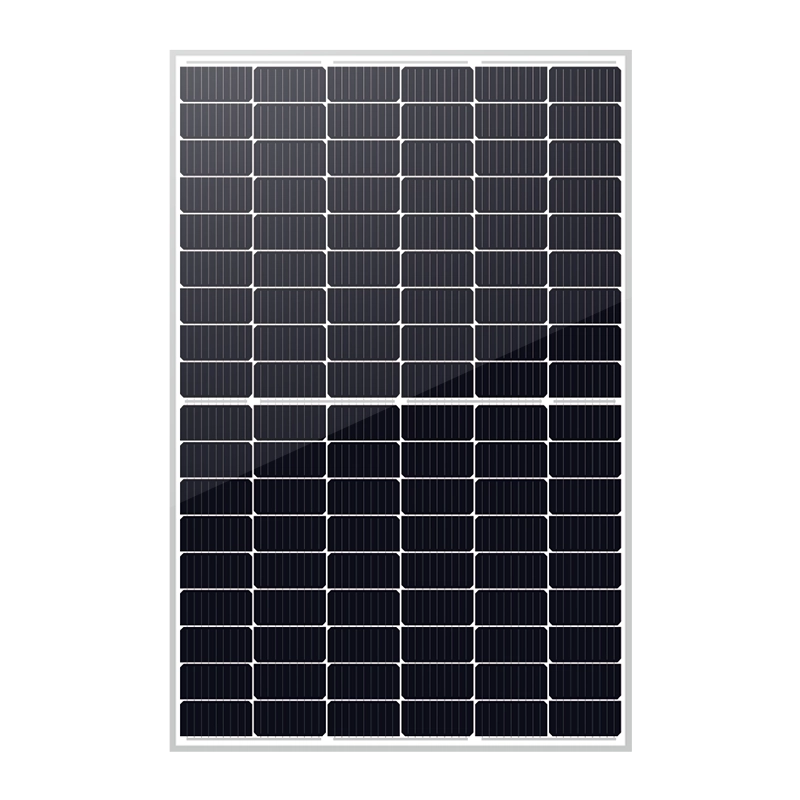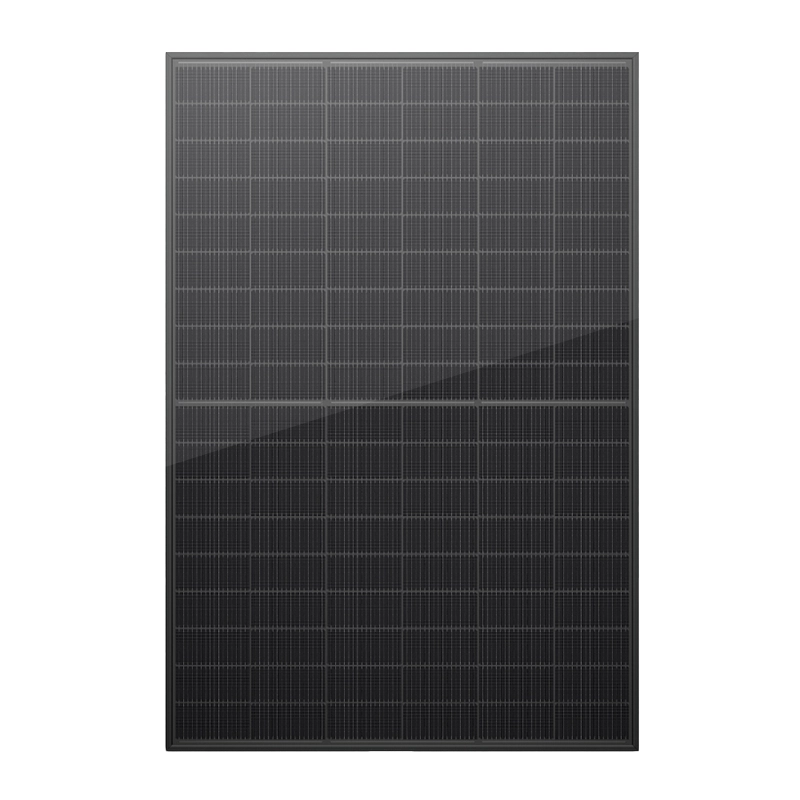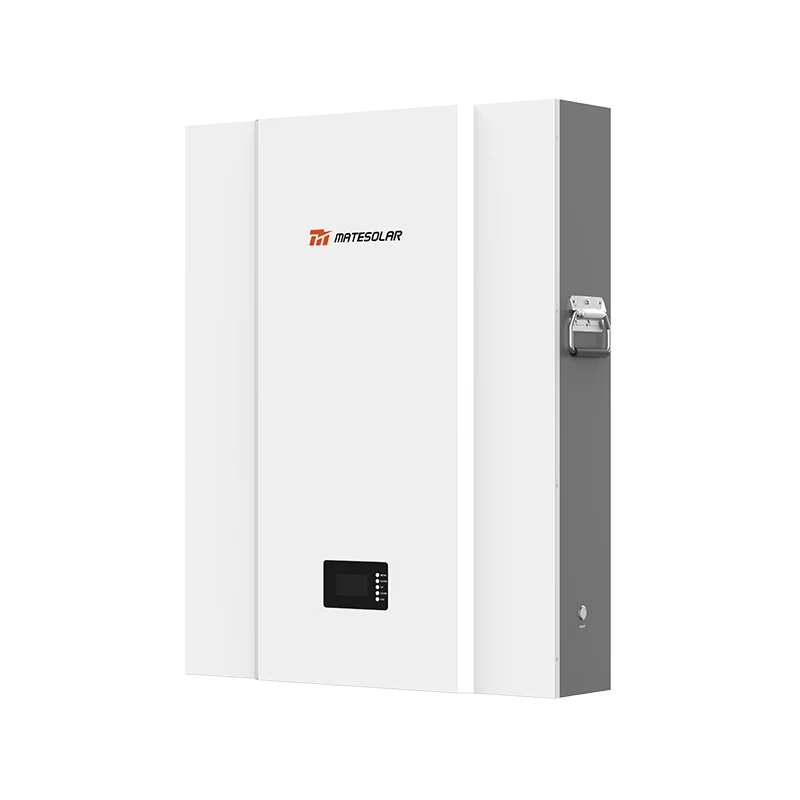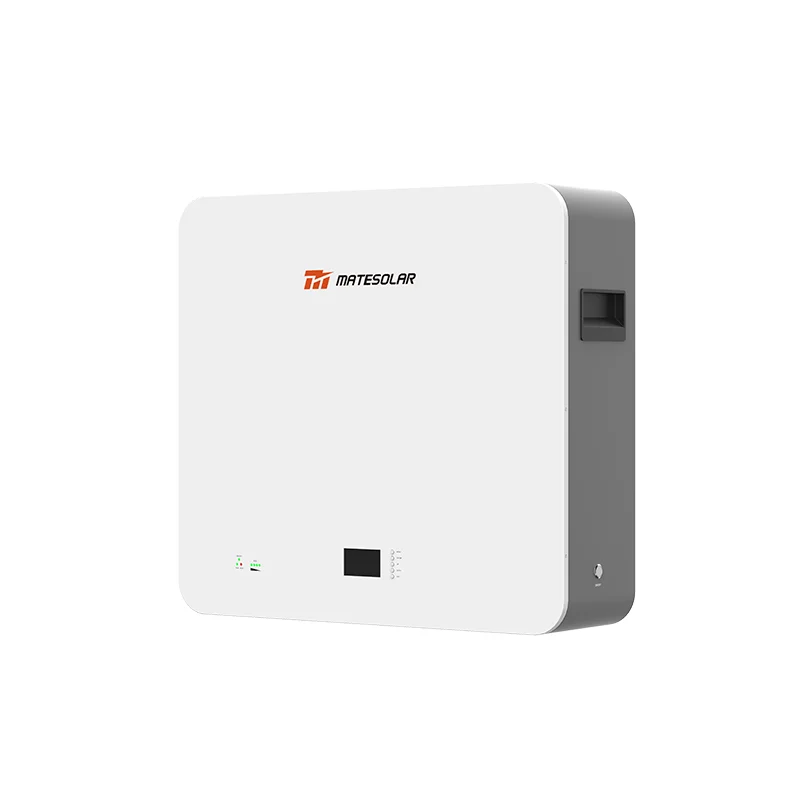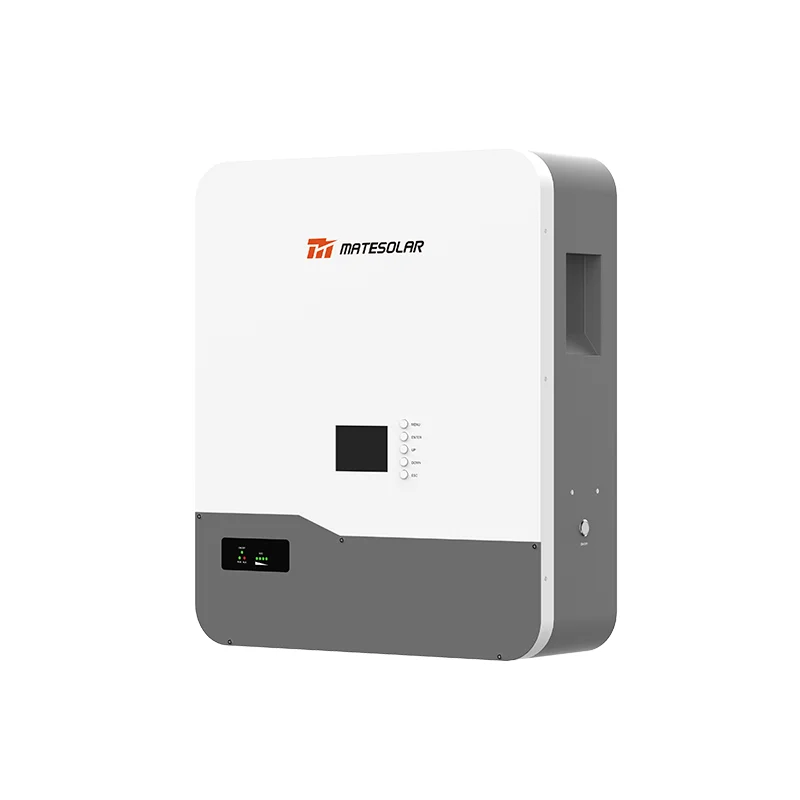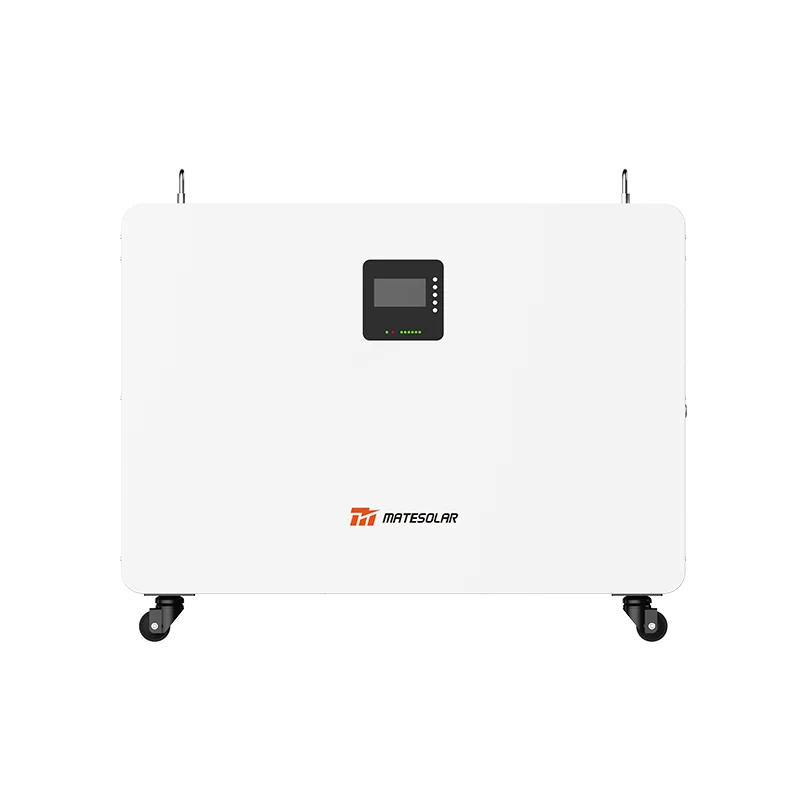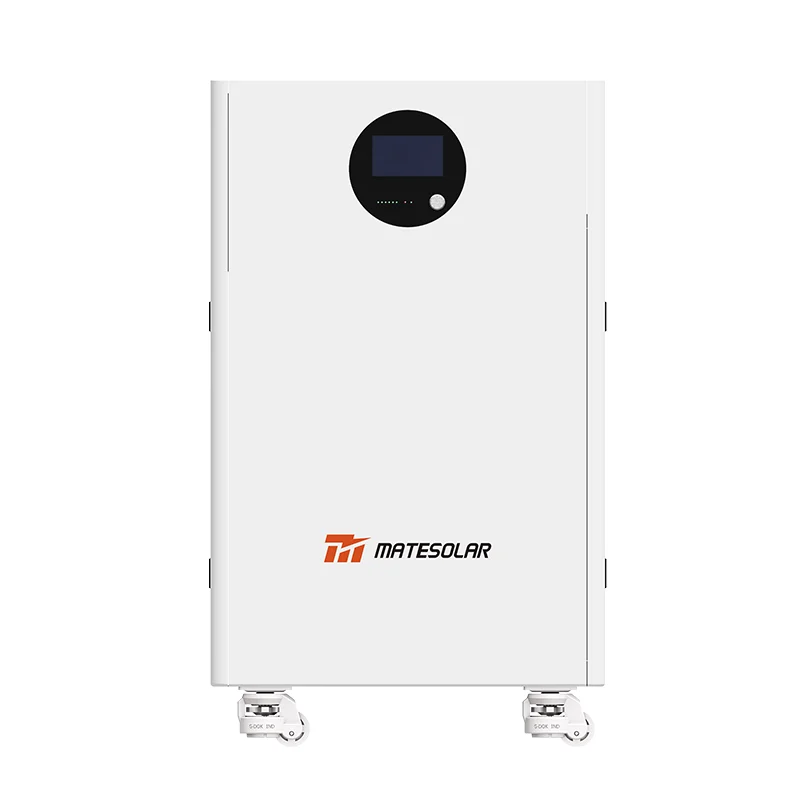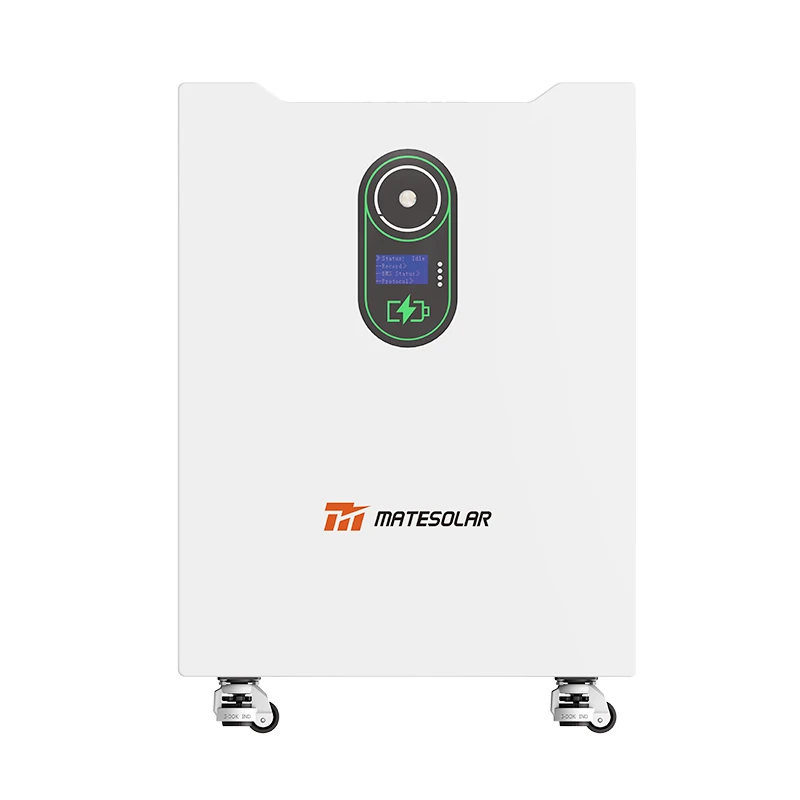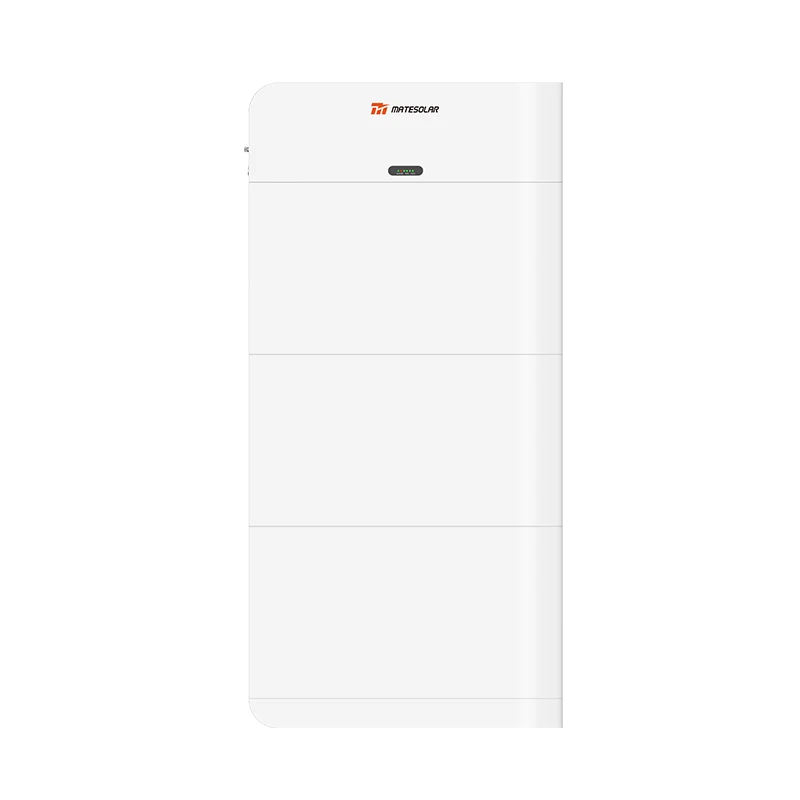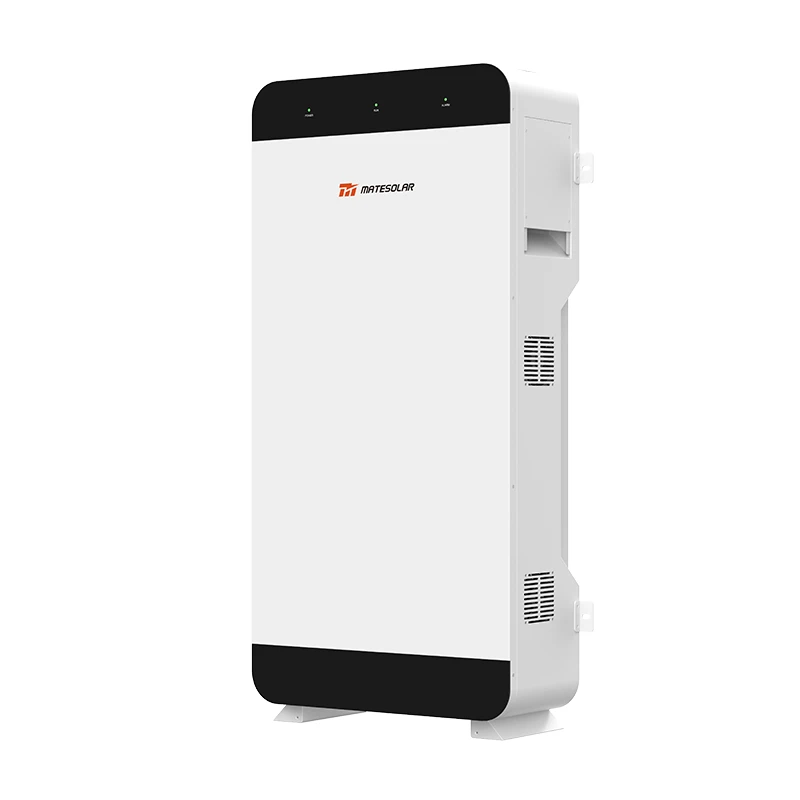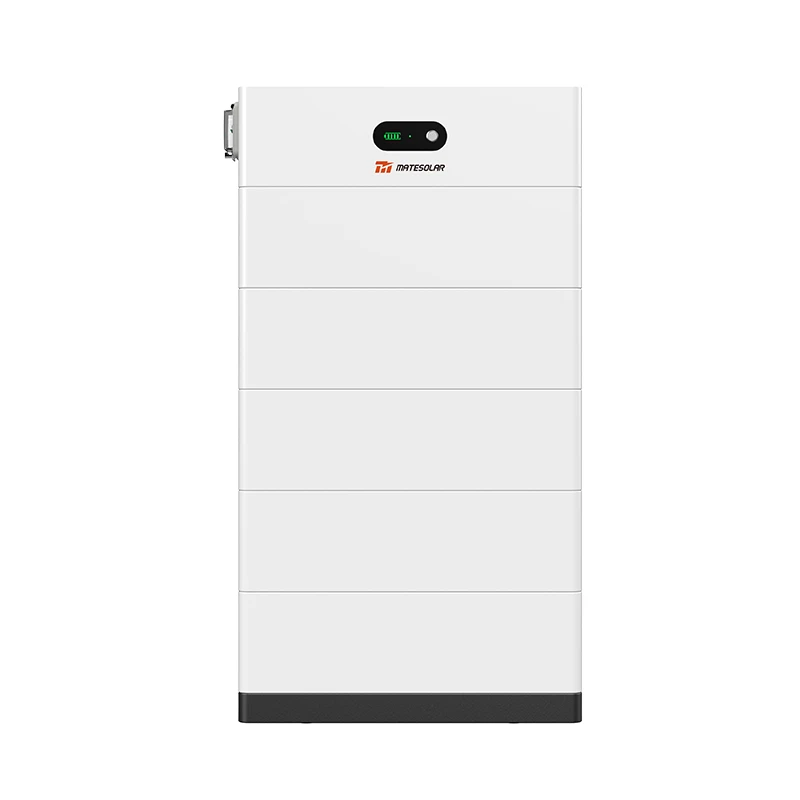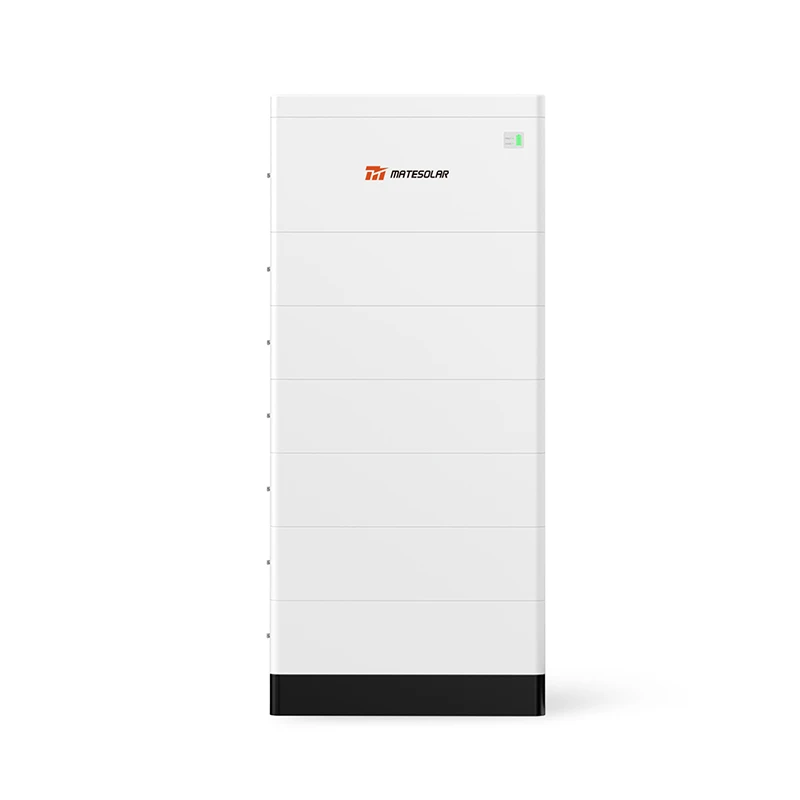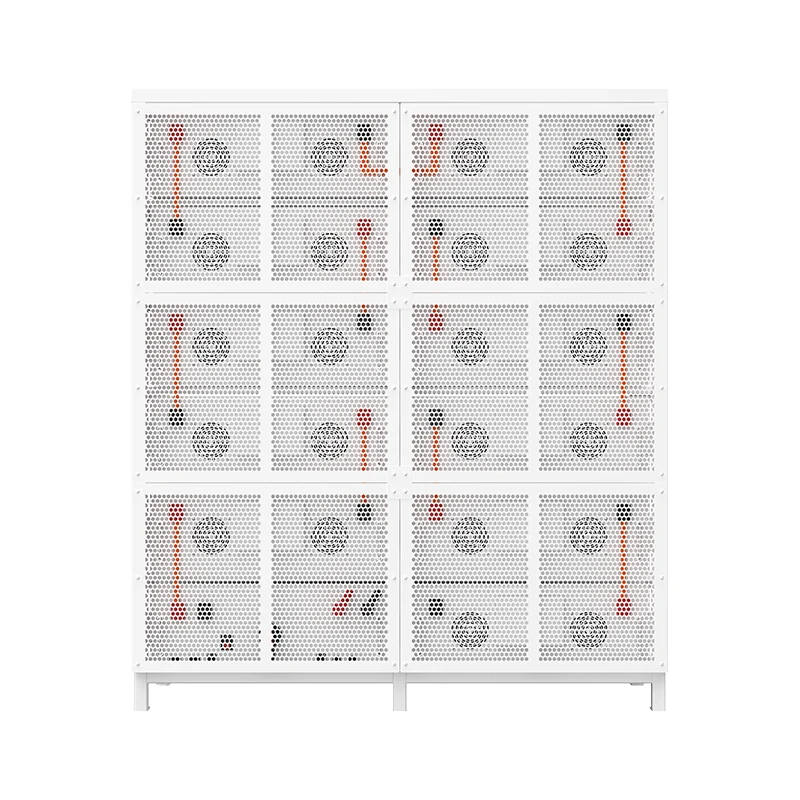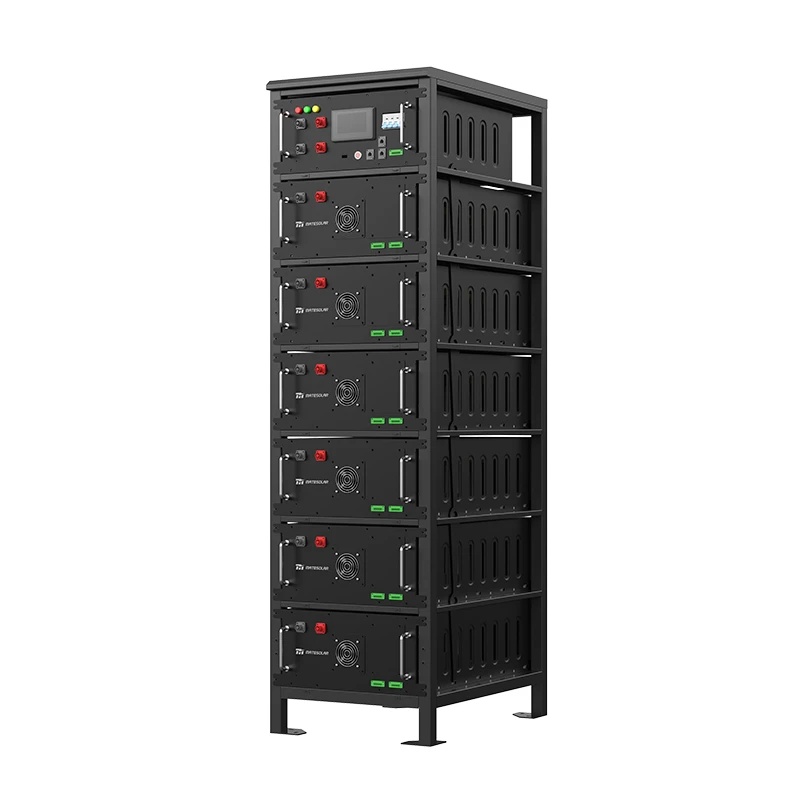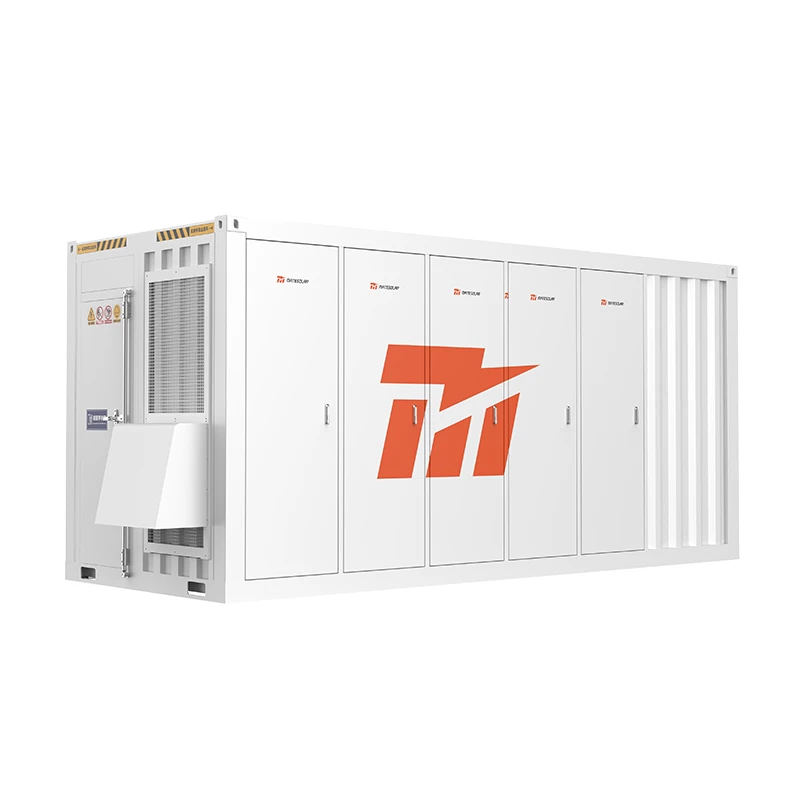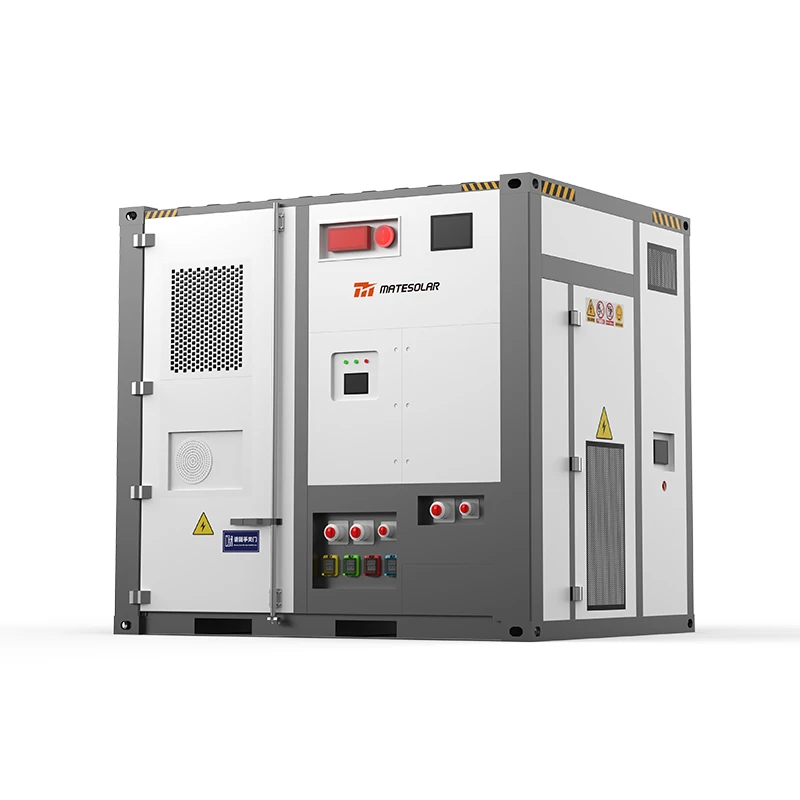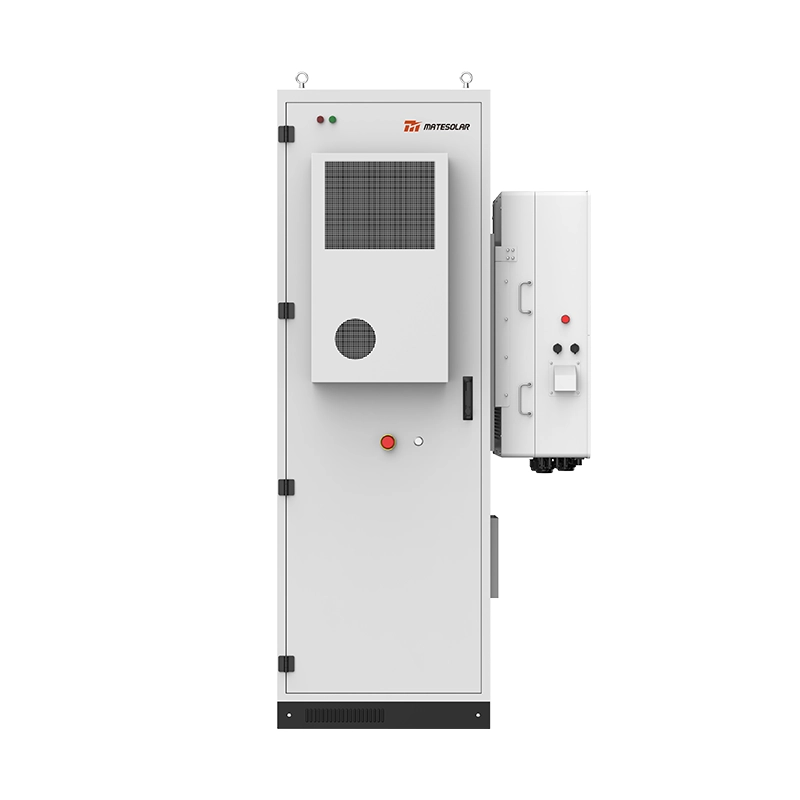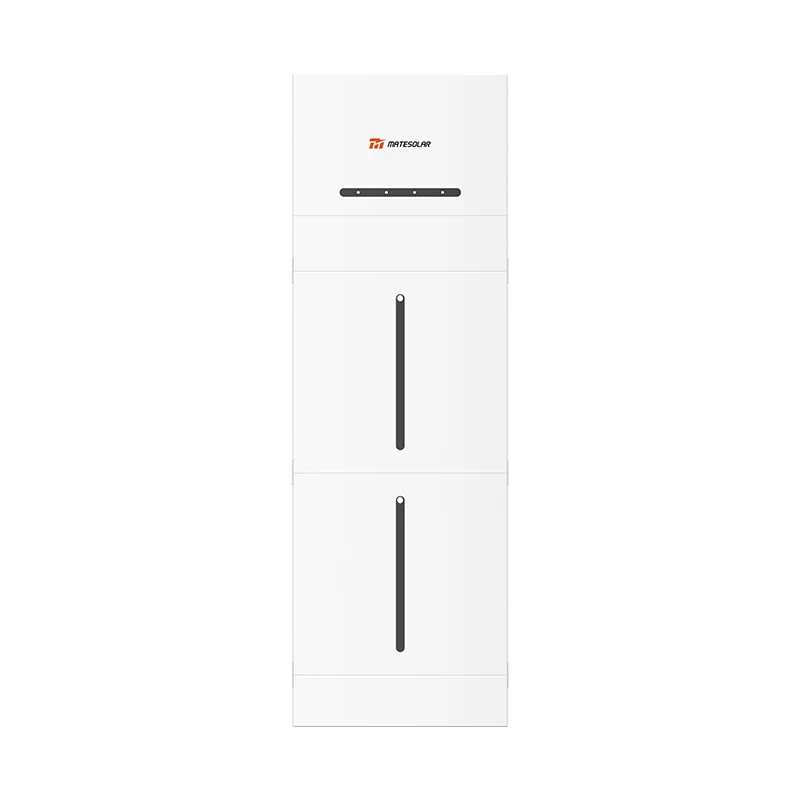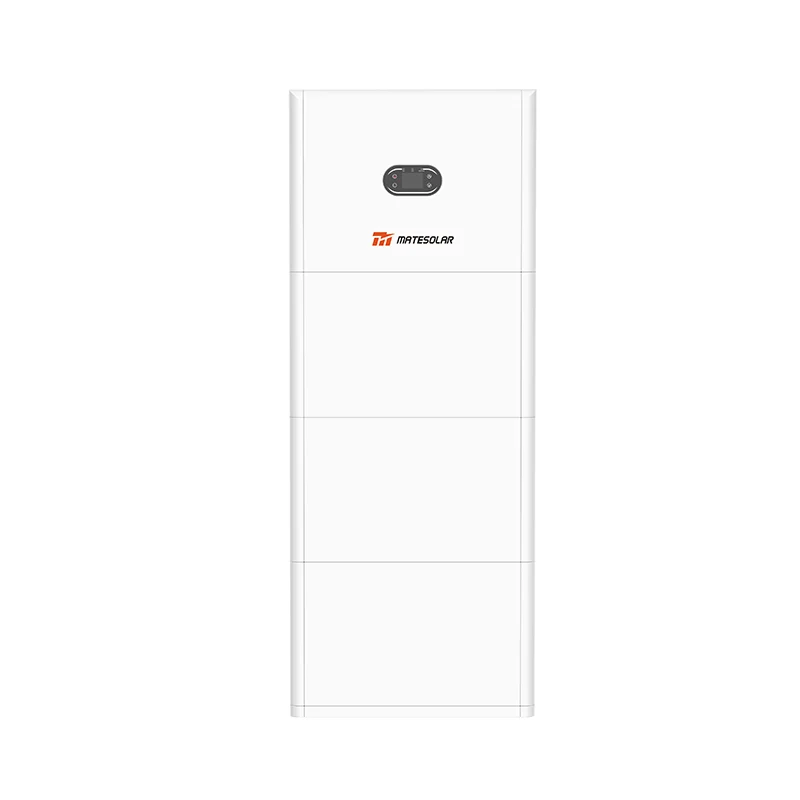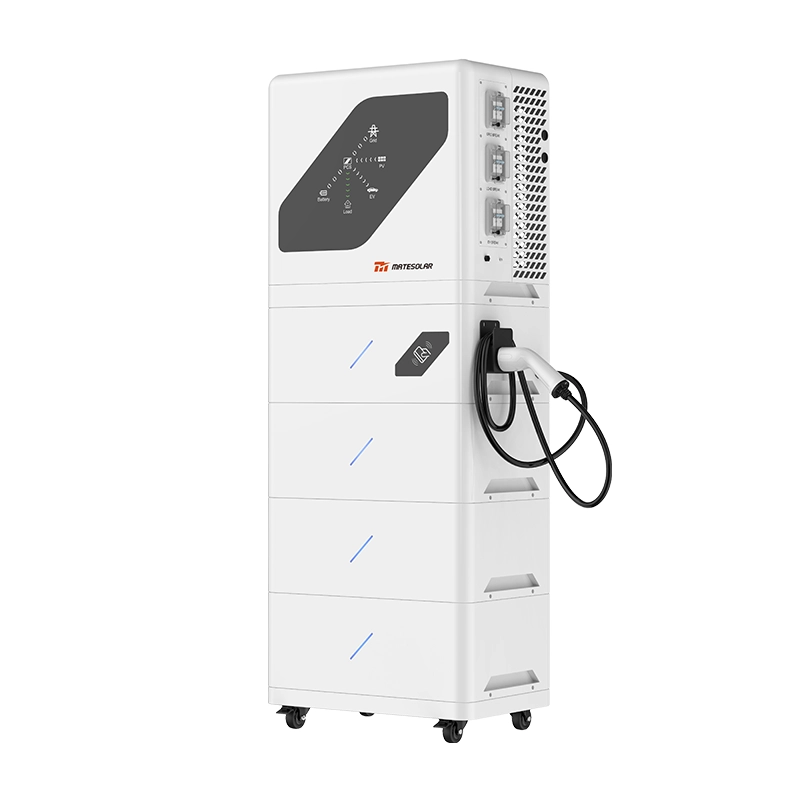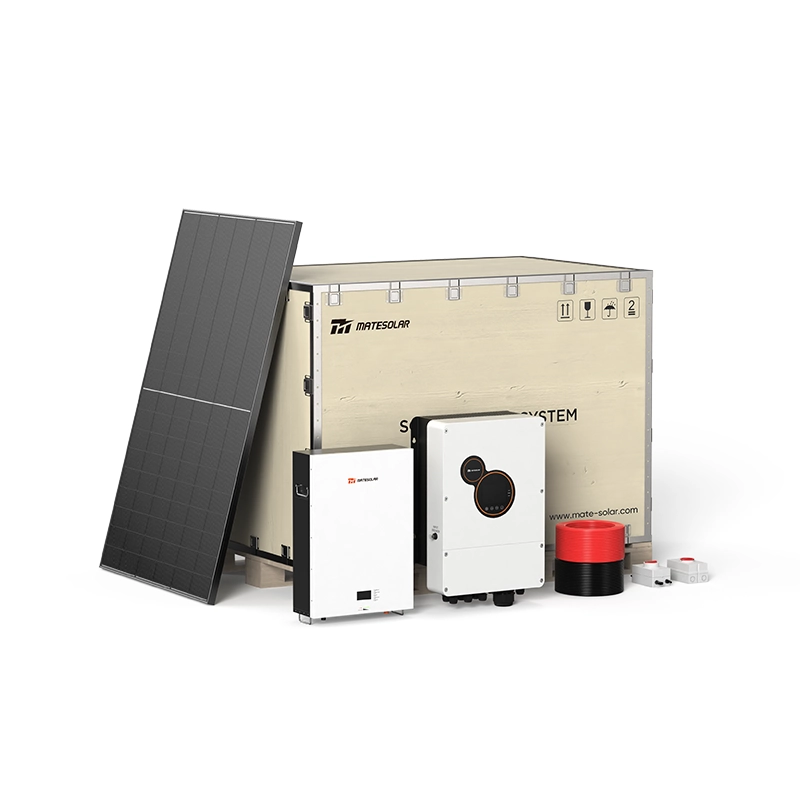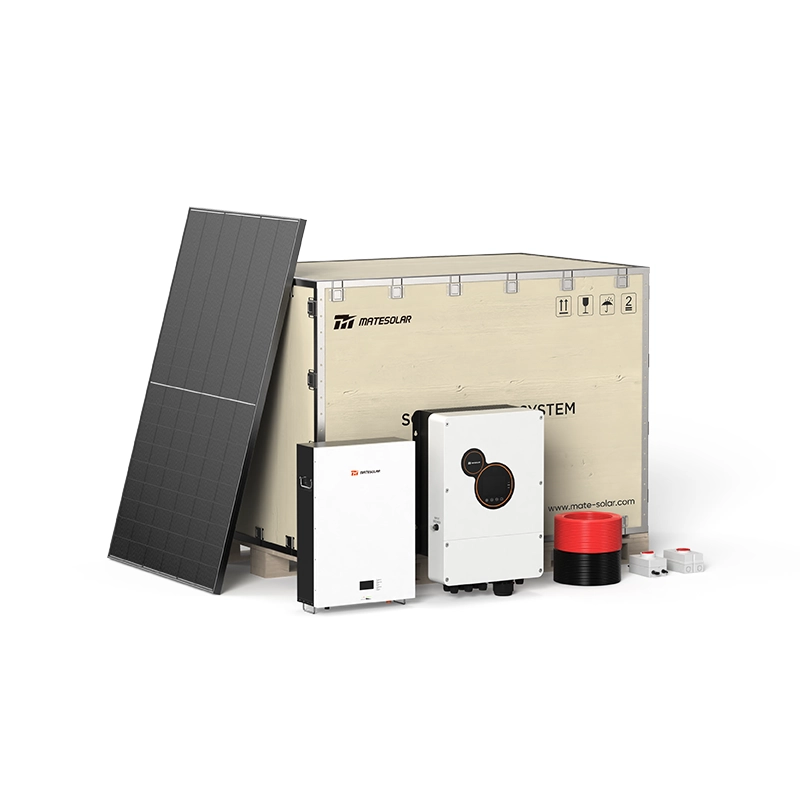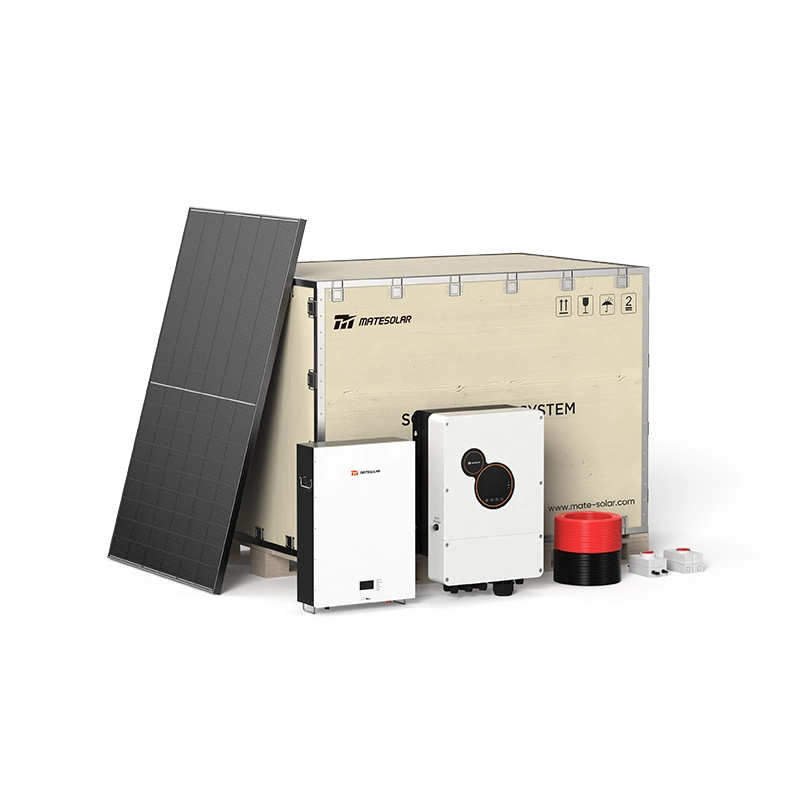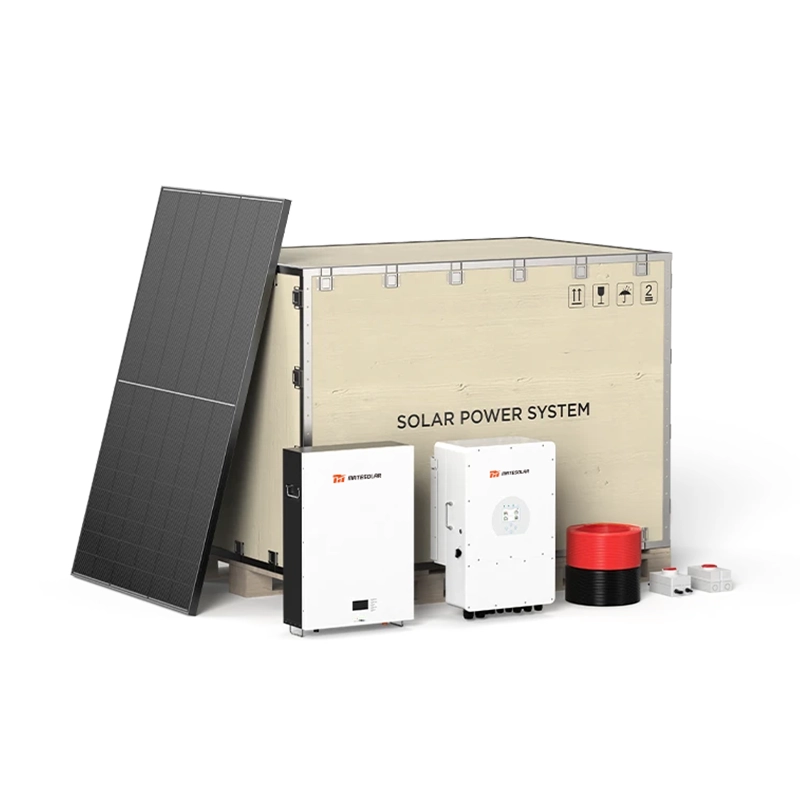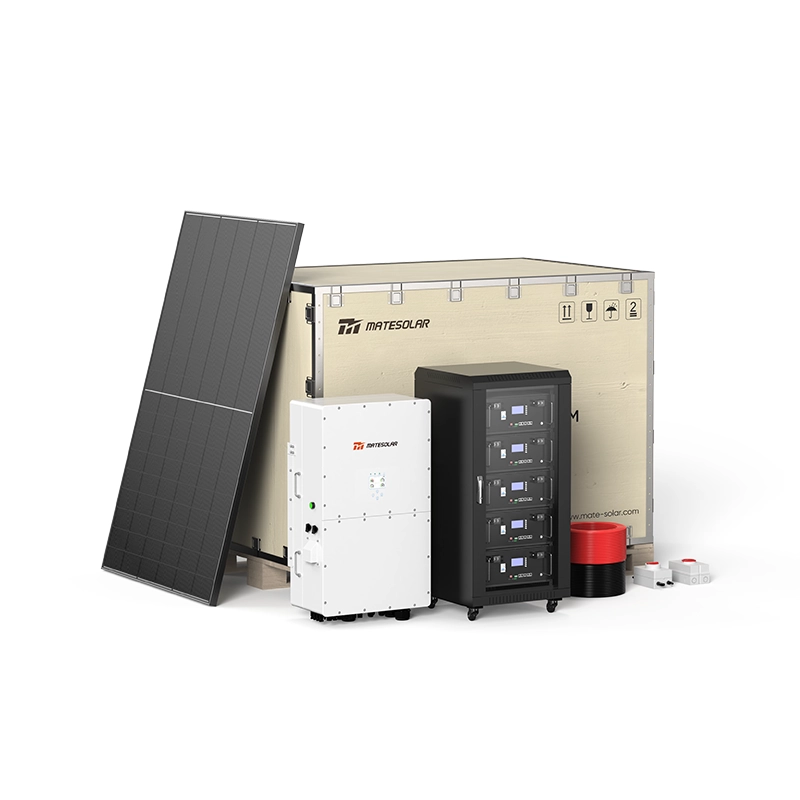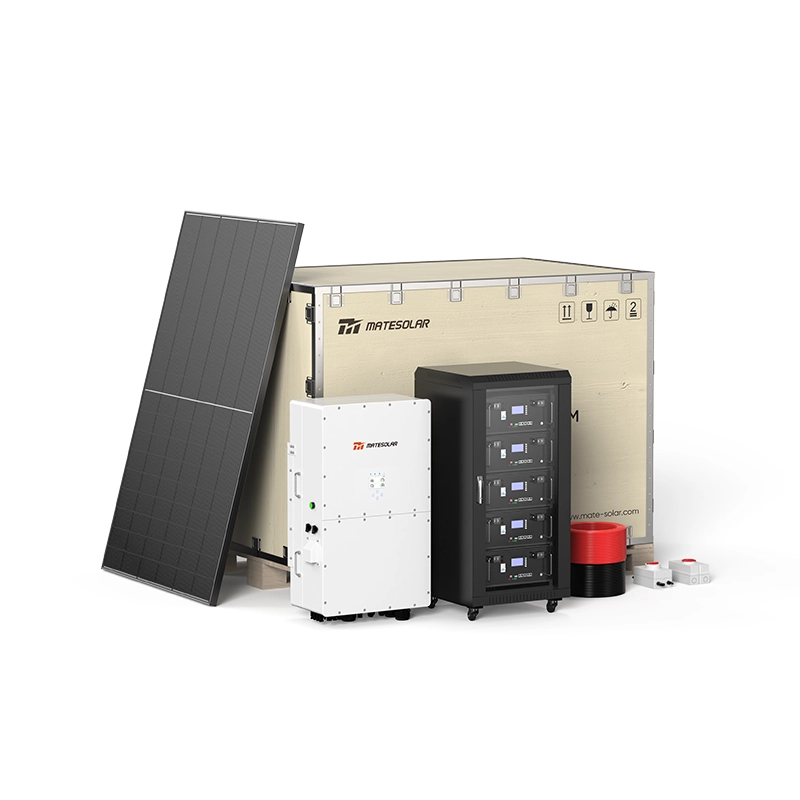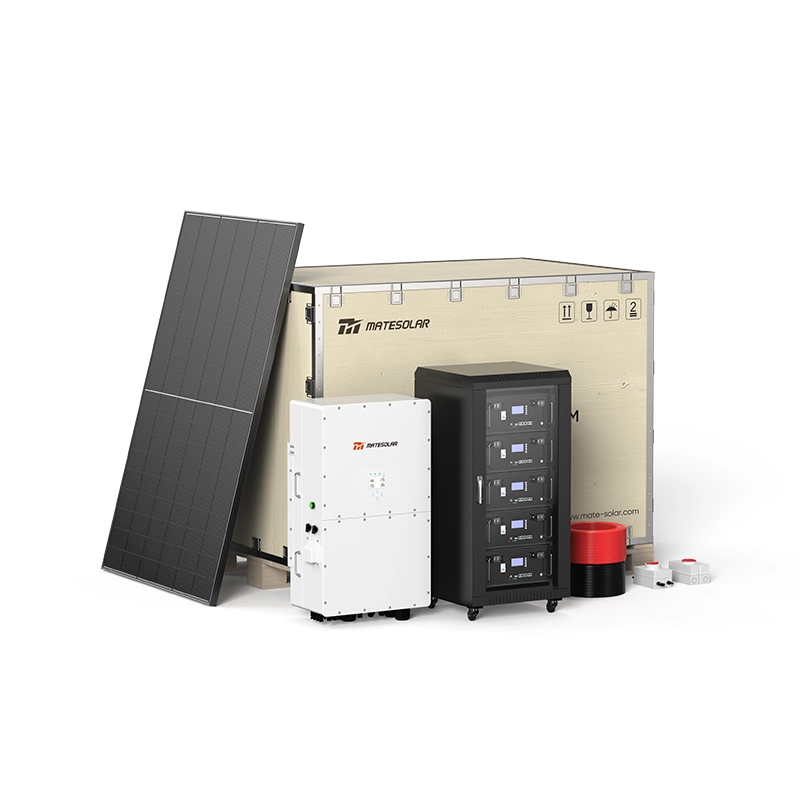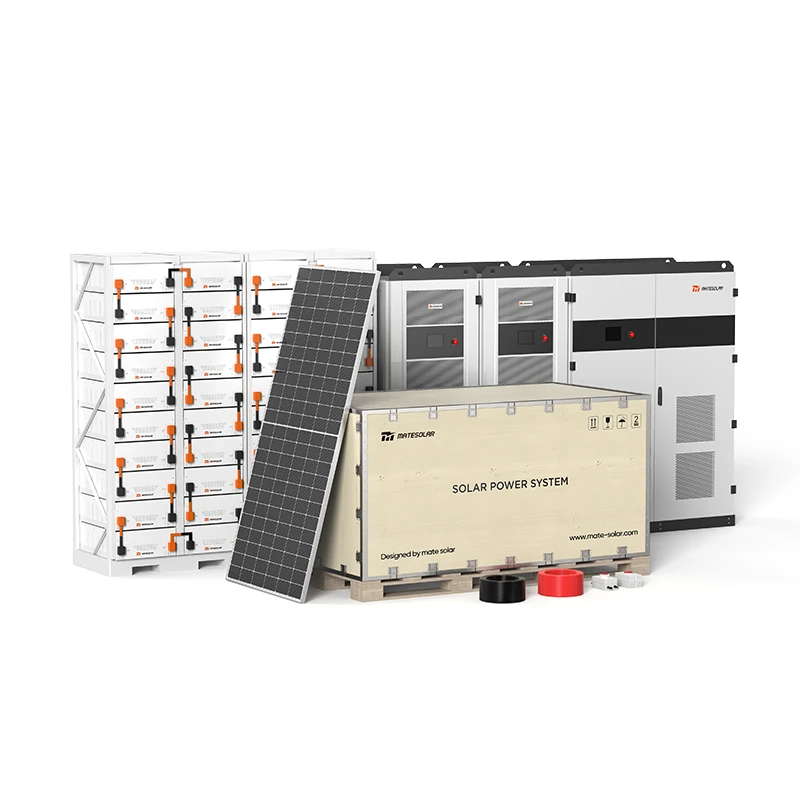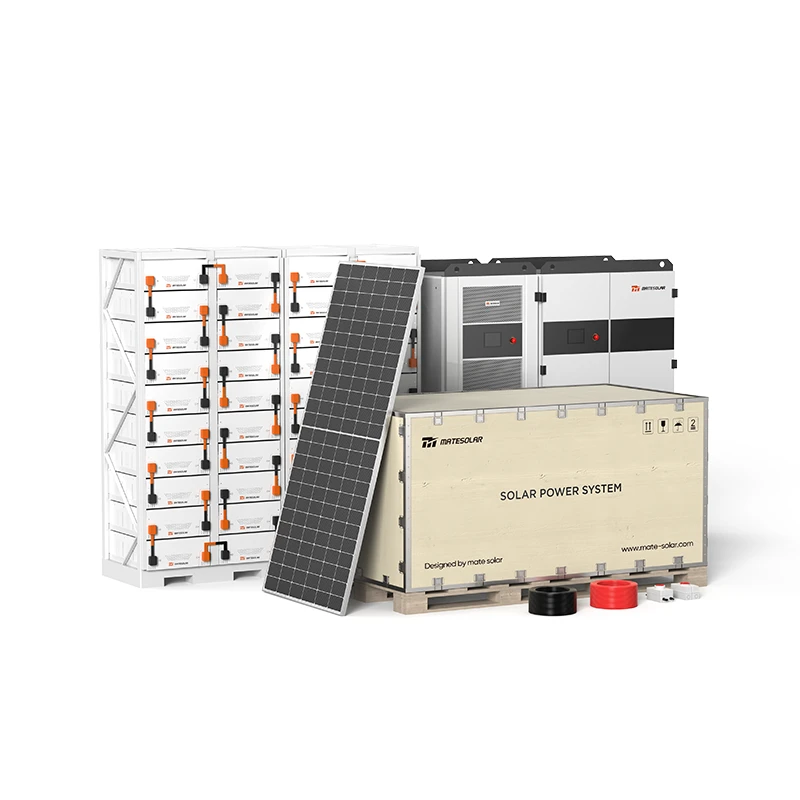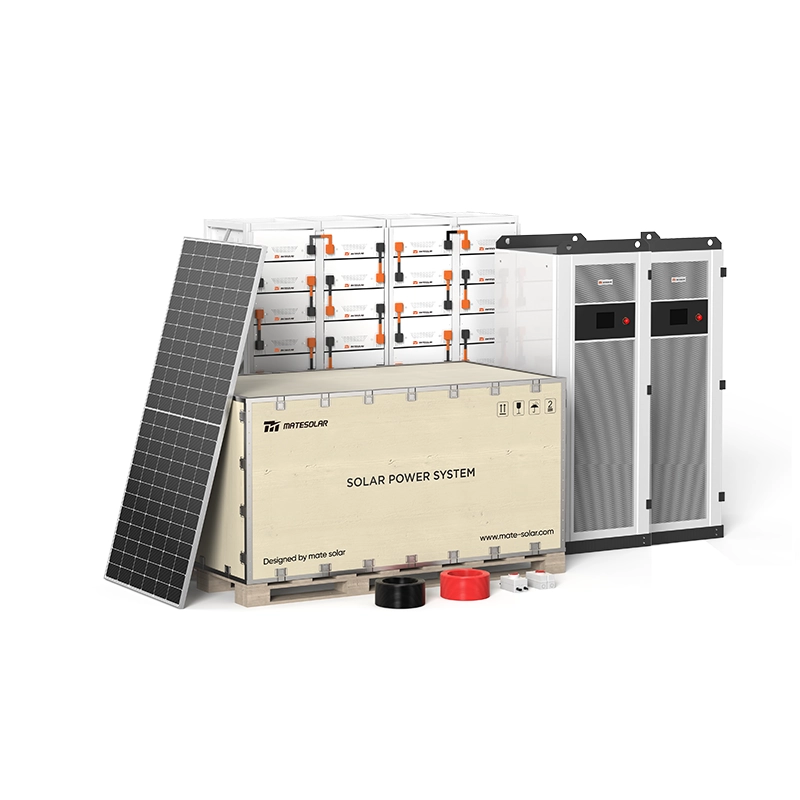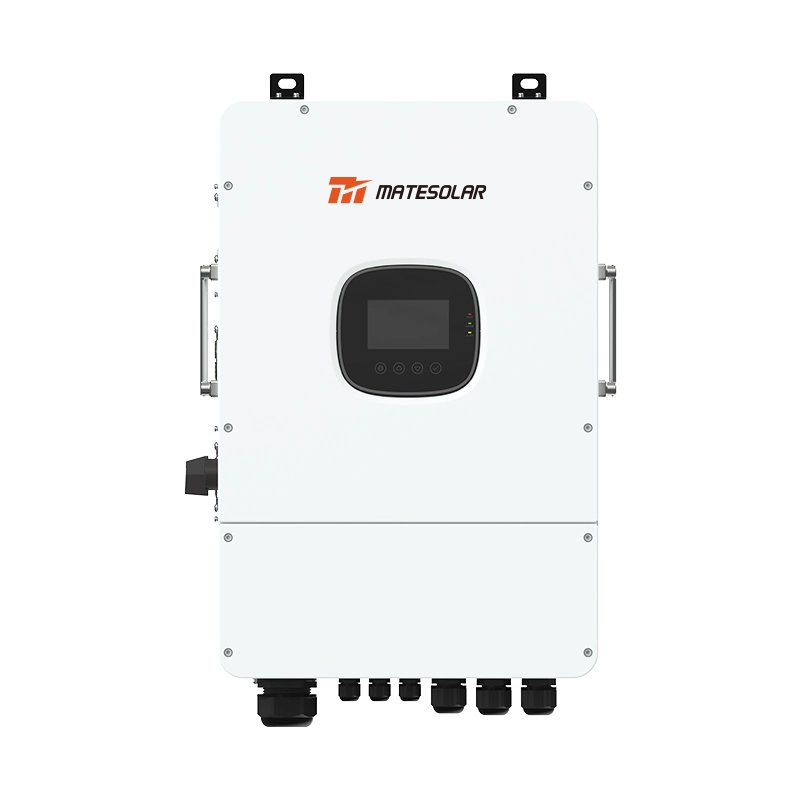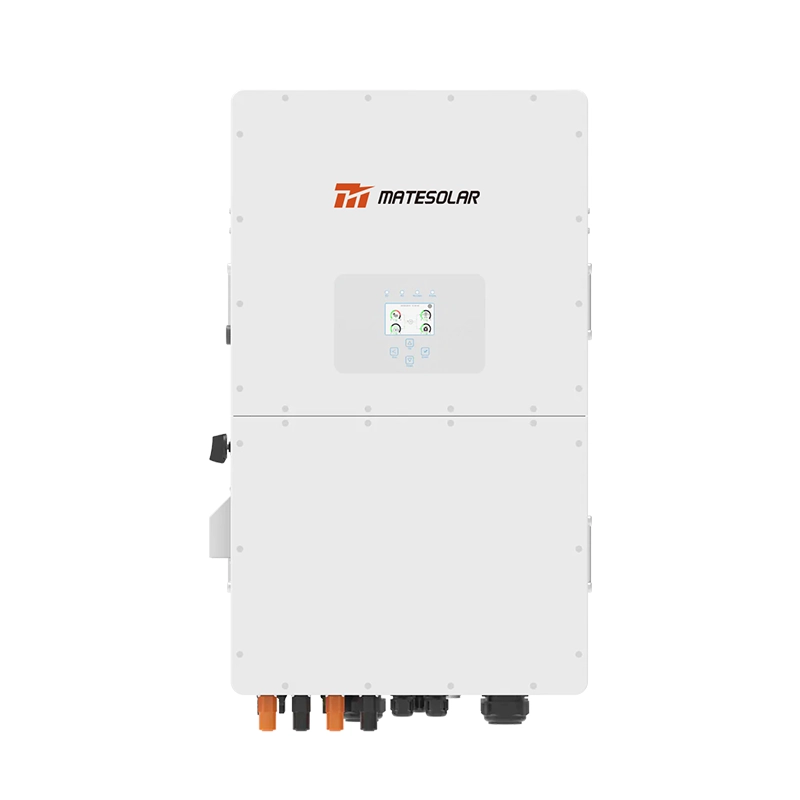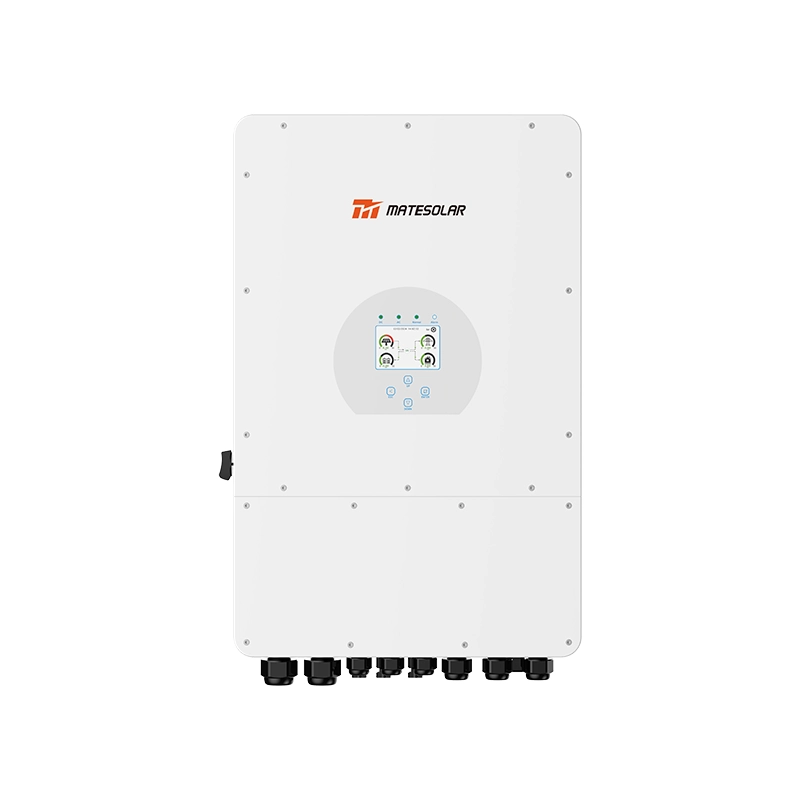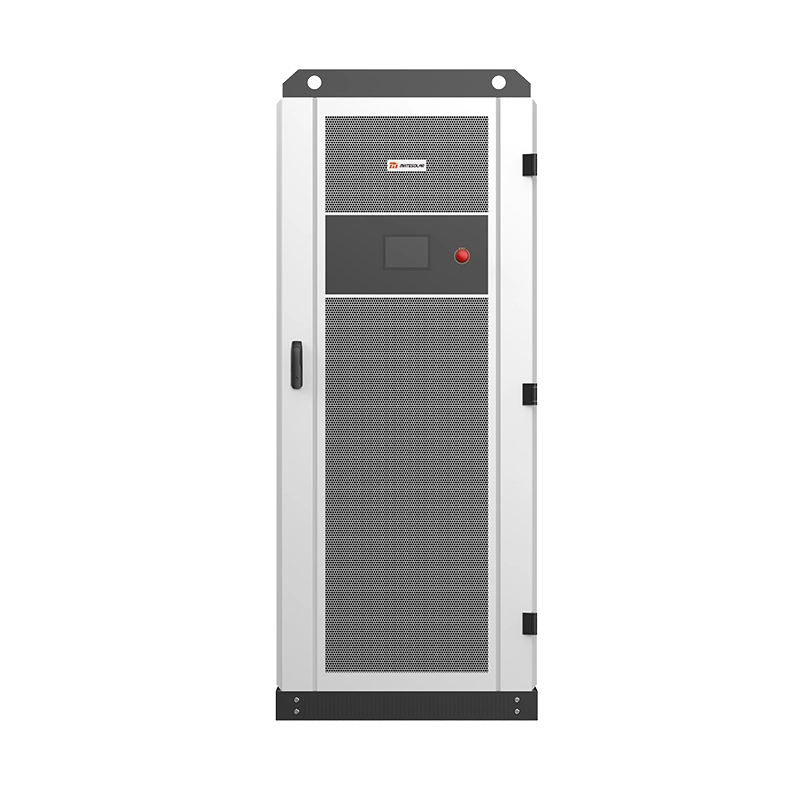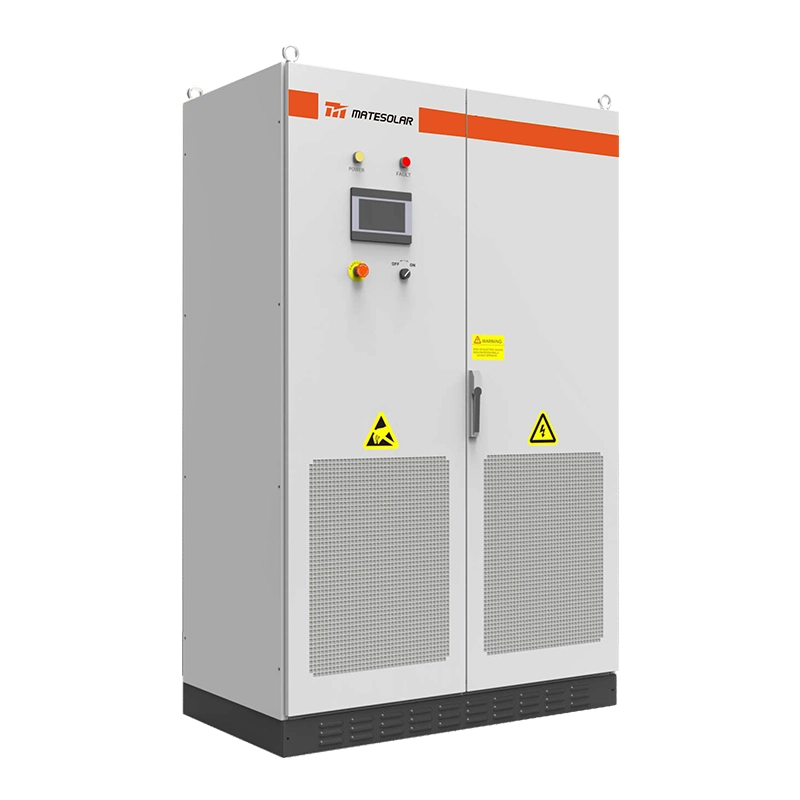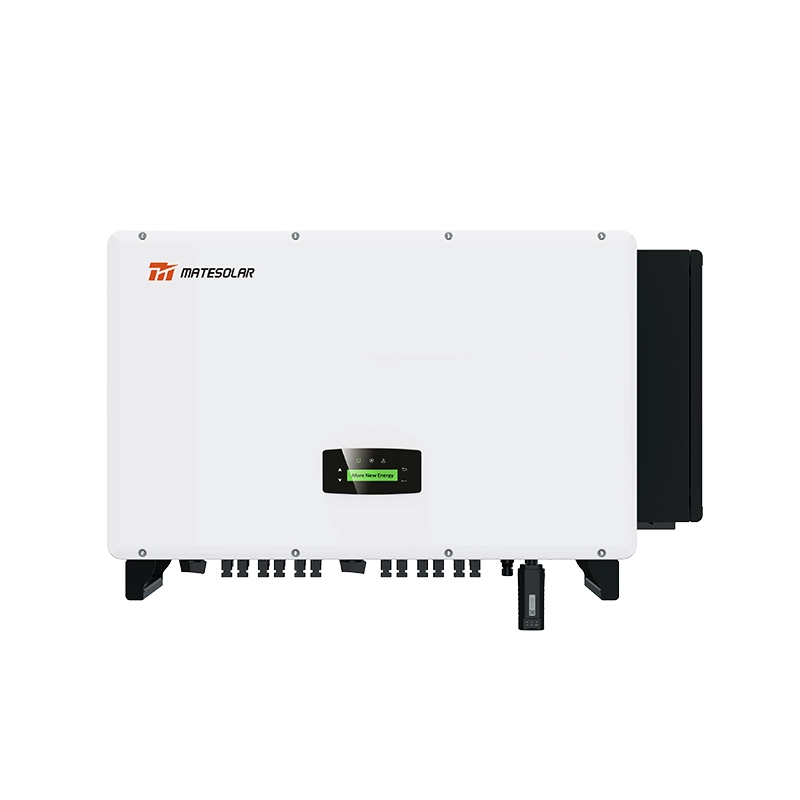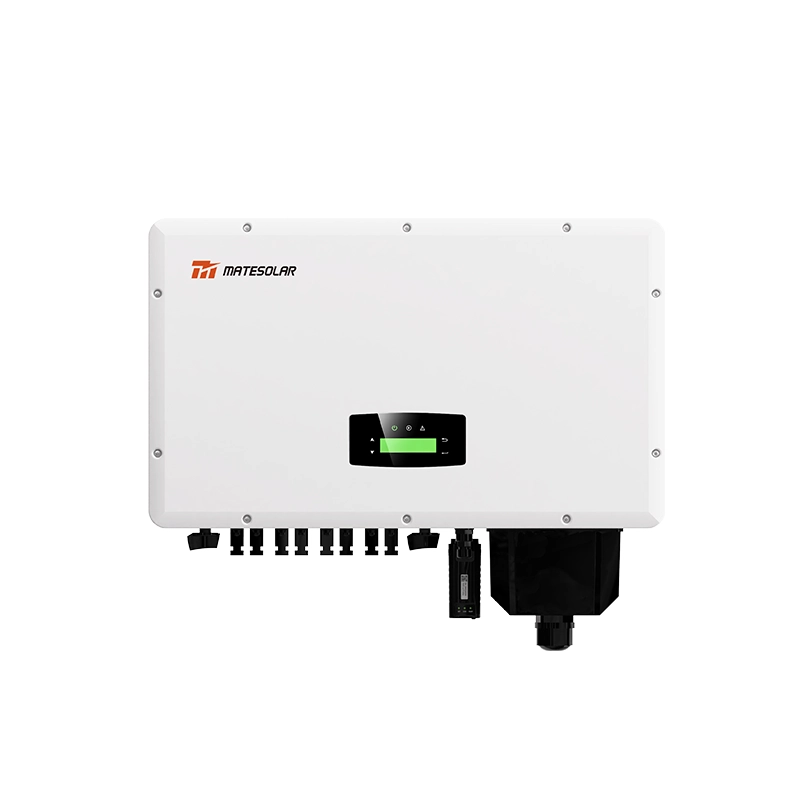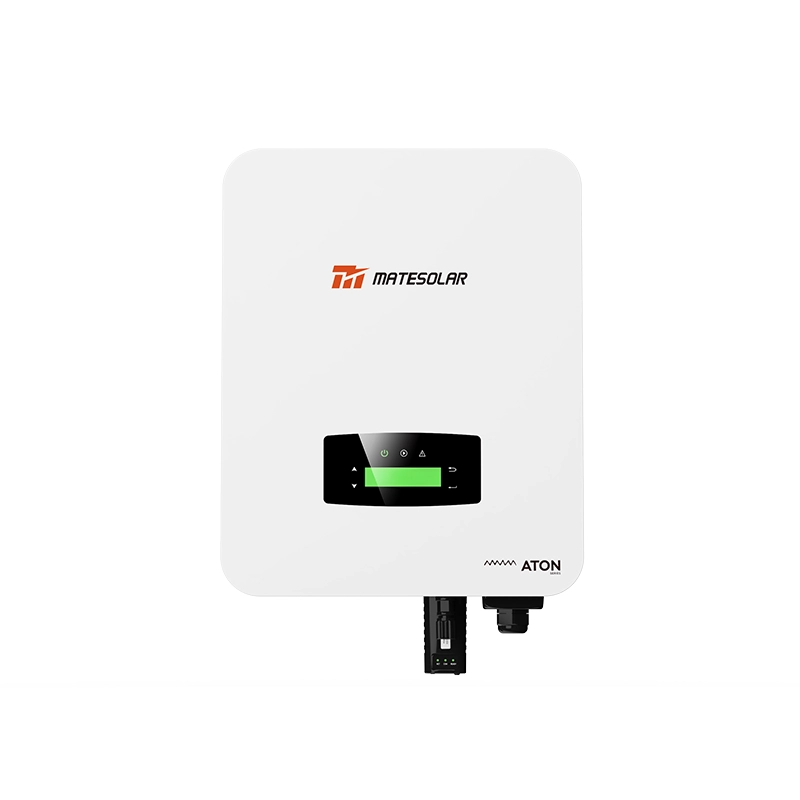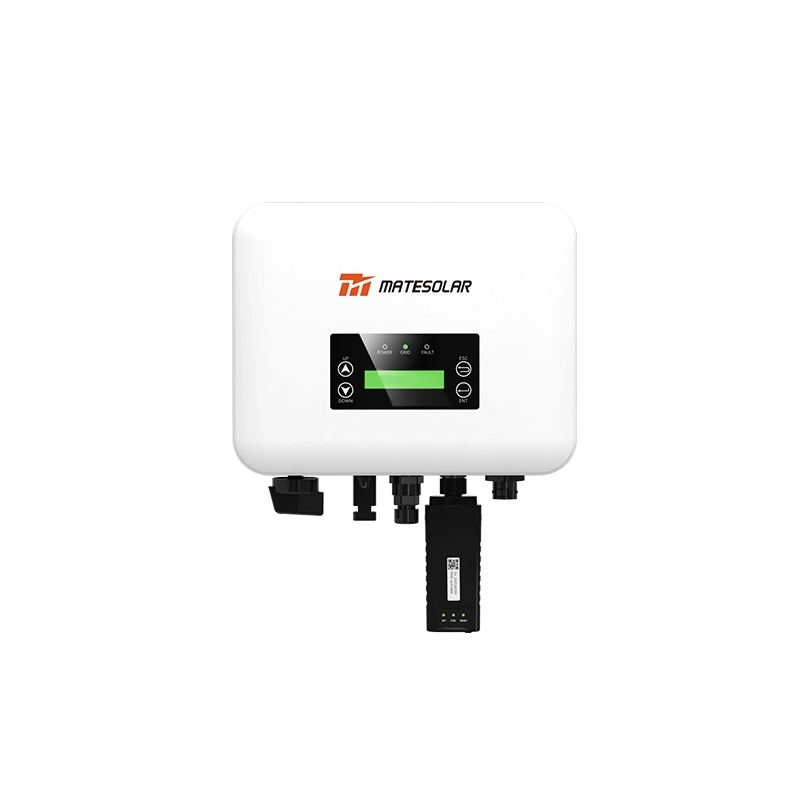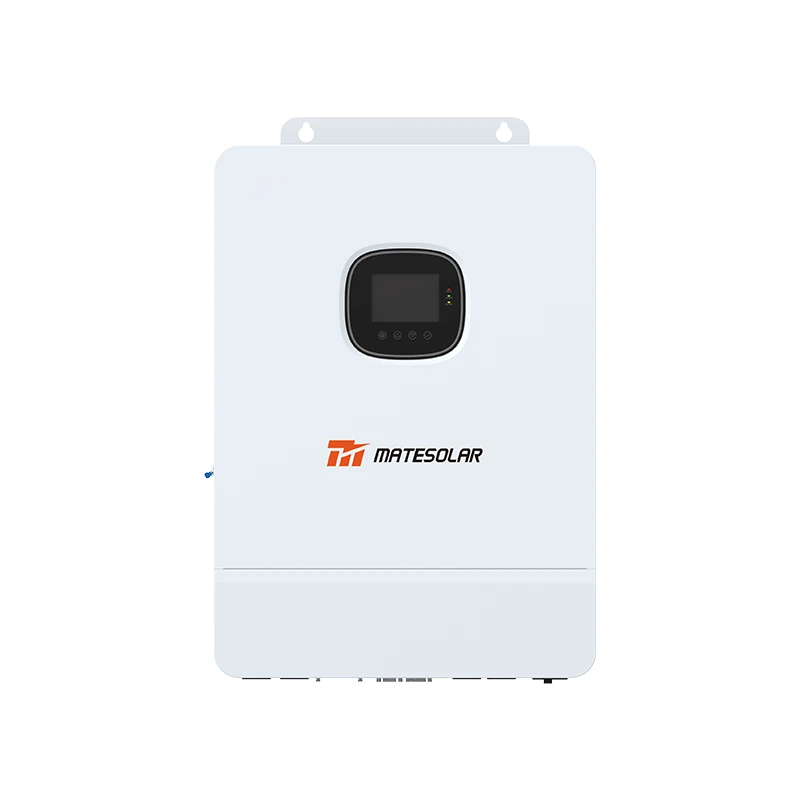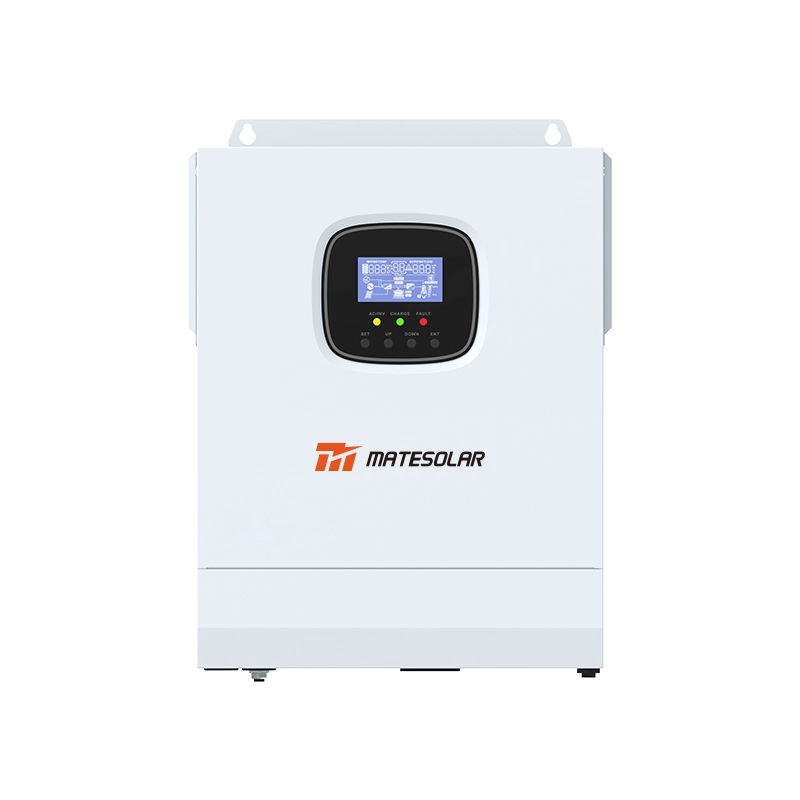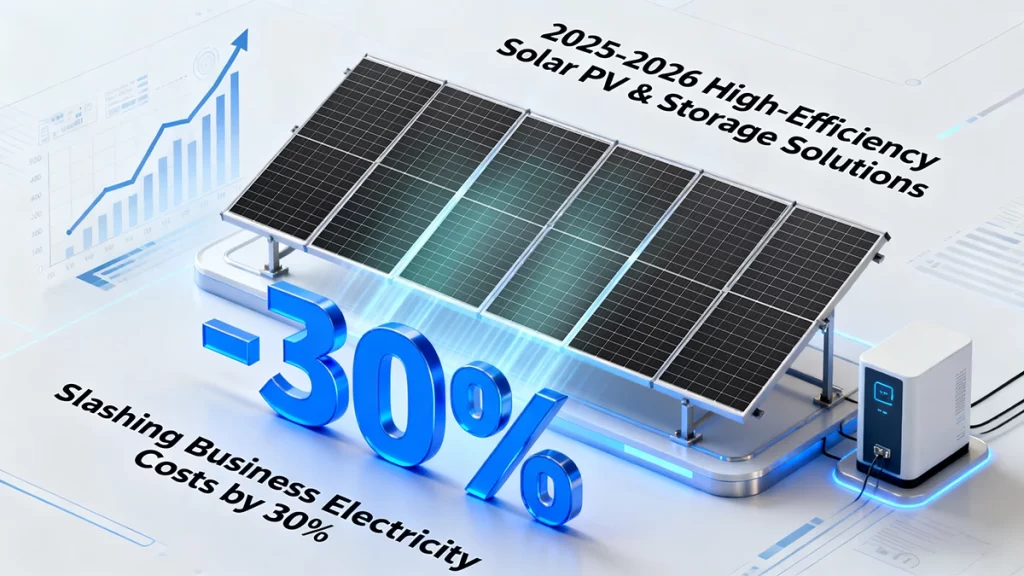
A comprehensive roadmap for businesses to harness solar and storage technologies for significant energy savings and operational resilience.
The global energy landscape is undergoing a profound transformation. With solar photovoltaic (PV) costs falling over 60% since 2023 and energy prices becoming increasingly volatile, businesses worldwide are seeking ways to take control of their energy destiny. The integration of energy storage with solar systems has emerged as a game-changing strategy, with potential to reduce commercial electricity costs by 30% or more. This guide provides a comprehensive overview of the most efficient solar and storage solutions for 2025-2026, drawing on the latest technological advancements, global policies, and real-world implementation strategies to help businesses navigate this rapidly evolving landscape.
The Business Energy Challenge: More Than Just Cost Reduction
Today's businesses face a perfect storm of energy challenges: not only are electricity prices increasingly unpredictable, but grid reliability concerns, sustainability pressures from consumers and investors, and regulatory changes are forcing a fundamental rethinking of energy strategies. The convergence of solar generation with advanced energy storage presents a unique opportunity to address all these challenges simultaneously.
The International Energy Agency (IEA) reports that global renewable energy capacity is set to double by 2030, with solar PV accounting for nearly 80% of this growth. This explosive expansion is driving technological innovation and cost reductions that make solar and storage solutions more accessible and economically attractive than ever before.
For commercial and industrial enterprises, the equation has shifted from whether to invest in solar and storage to how to implement these technologies most effectively. Through strategic design and intelligent operation, businesses can transform their energy infrastructure from a simple cost center into a source of operational resilience and even revenue generation.
Global Policy Landscape: Incentives Driving Adoption
The global policy environment for renewable energy and storage is increasingly favorable, though it varies significantly by region. Understanding these policy frameworks is crucial for businesses looking to maximize returns on their energy investments.
United States: Tax Credits and Market Reforms
The Investment Tax Credit (ITC) for solar energy remains at 30% through 2032, providing a substantial incentive for commercial installations. When combined with accelerated depreciation benefits and various state-level incentives, the effective upfront cost of solar+storage systems can be reduced by 50% or more in many jurisdictions. However, businesses should note that starting in 2026, the ITC for storage projects will require meeting domestic content thresholds to qualify for the full credit.
European Union: Net-Zero Industrial Act
The EU's Net-Zero Industrial Act sets ambitious targets for clean energy technology manufacturing, requiring that 40% of deployment needs be met by domestic production by 2030. Countries like Germany and France have already implemented "30% local content" requirements in their tender processes, creating both challenges and opportunities for businesses seeking to implement solar and storage solutions.
Asia-Pacific: Diverse Approaches
China continues to dominate global renewable energy growth, accounting for nearly 60% of new capacity worldwide. Meanwhile, countries like India are accelerating their renewable deployment through higher auction volumes, supportive policies for rooftop solar, and streamlined approvals for hydropower projects.
Technological Breakthroughs: The 2025-2026 Solution Stack
The period from 2025-2026 represents a significant leap forward in solar and storage technologies, with several key innovations driving improved efficiency and economics.
Advanced Photovoltaics: Beyond Simple Silicon
The solar panels available in 2025 are fundamentally different from those of just a few years ago. Heterojunction technology (HJT) and top-conductive (TOPCon) cells now dominate the high-efficiency segment of the market, with commercial modules regularly exceeding 23% conversion efficiency. These advances mean businesses can generate more power from the same rooftop or land area, dramatically improving project economics.
For commercial installations, building-integrated photovoltaics (BIPV) represent an especially promising development. These systems serve dual purposes as both building materials and electricity generators, potentially offsetting conventional construction costs while producing power.
Next-Generation Energy Storage
Energy storage is experiencing even more rapid innovation than solar. The introduction of cells with capacities of 1,175Ah represents a substantial leap in energy density, with systems now capable of 4-8 hours of continuous discharge at levelized costs below $0.20/kWh.
Two parallel trends are shaping the storage market:
1. Technology Diversification: While lithium-ion batteries continue to dominate, alternative technologies including flow batteries with cycle lives exceeding 20,000 cycles and sodium-ion batteries with costs 30% lower than traditional lithium-ion are gaining traction in specific applications.
2. Architectural Innovation: The move toward DC-coupled systems and standardized interface protocols significantly reduces balance-of-system costs while improving overall efficiency.
Intelligent Energy Management Systems
Perhaps the most significant advancement in commercial solar+storage systems comes from the intelligence that controls them. Modern Energy Management Systems (EMS) leverage artificial intelligence and machine learning to optimize system operation across multiple value streams.
Platforms like Acrel's EMS 3.0 use AI-powered weather forecasting and dynamic scheduling to increase PV utilization from 60% to 95%, delivering annual electricity cost savings exceeding $300,000 for typical commercial installations. These systems can automatically shift between maximizing self-consumption, participating in demand response programs, and engaging in grid services based on real-time conditions and price signals.
Grid-Forming Inverters
The transition from grid-following to grid-forming inverter technology represents a fundamental shift in how distributed energy resources interact with the broader power system. Grid-forming inverters can establish voltage and frequency reference points independently, enabling them to restart grids after outages and operate stably in weak grid conditions.
Companies like Huawei have introduced comprehensive grid-forming solar+storage solutions with "true grid-forming" capabilities including short-circuit current support, virtual inertia, and black-start functionality. These technical features ensure stable operation even as the proportion of inverter-based resources on the grid increases dramatically.
System Architecture: Designing for Maximum ROI
Designing an optimal solar+storage system requires careful consideration of multiple factors, including energy consumption patterns, local utility rate structures, physical constraints, and financial objectives.
Sizing Strategies: Beyond Simple Rules of Thumb
Traditional approaches to system sizing based on percentage of load or available space have given way to more sophisticated economic optimization models that consider:
- Hourly load profiles across seasons
- Utility rate structures, including time-of-use charges, demand charges, and export compensation
- Projected solar generation profiles
- Multiple storage operational strategies
- Financial parameters including cost of capital and tax incentives
For most commercial applications, storage systems sized to provide 2-4 hours of discharge capacity at their rated power offer the best economics, particularly when paired with solar.
Configuration Options: AC-Coupled vs. DC-Coupled
The fundamental architectural decision between AC-coupled and DC-coupled systems has significant implications for efficiency, cost, and flexibility.
Table: Comparison of Solar+Storage System Architectures
| Parameter | AC-Coupled Systems | DC-Coupled Systems |
| Round-Trip Efficiency | 80-85% | 88-94% |
| Retrofit Compatibility | Excellent | Limited |
| Battery Charging Source | Grid or PV via AC conversion | PV directly |
| Partial Charging Efficiency | Lower | Higher |
| Cost Structure | Higher power conversion costs | Lower balance of system |
| Technology Maturity | Mature | Rapidly evolving |
For new installations where maximizing efficiency is paramount, DC-coupled systems typically deliver better performance. For retrofits to existing solar arrays, AC-coupled solutions offer greater flexibility and easier installation.
Economic Analysis: Quantifying the Value Proposition
The business case for solar+storage has strengthened dramatically in recent years, with compelling returns across multiple dimensions.
Direct Electricity Bill Savings
The most immediate economic benefit comes from reduced electricity purchases through:
1. Solar Self-Consumption: Using solar generation directly during daylight hours offsets purchases at retail electricity rates.
2. Peak Shaving: Using stored energy during periods of high electricity prices, typically in late afternoon and early evening.
3. Demand Charge Reduction: For commercial customers with demand-based charges, strategically discharging batteries to limit peak power draw from the grid can yield substantial savings.
In regions with high electricity costs and favorable solar resources, the combined impact of these strategies typically delivers 30-50% reductions in overall electricity costs.
Revenue Generation Opportunities
Beyond simple bill savings, modern solar+storage systems can generate direct revenue through:
1. Grid Services: Participation in frequency regulation, voltage support, and other ancillary service markets where available.
2. Energy Arbitrage: Charging batteries when electricity prices are low and discharging when prices are high.
3. Capacity Payments: Compensation for being available to discharge during system peak periods.
In Germany's booming large-scale storage market, systems like BYD's MC Cube are earning over €10,000 daily through a combination of energy arbitrage and frequency response services.
Resilience Valuation
While more difficult to quantify, the value of avoided downtime during grid outages can be substantial for many businesses. For facilities with critical operations, this resilience benefit alone can justify the investment in solar+storage.
Table: Financial Analysis of Typical Commercial Solar+Storage Installation
| Parameter | Storage-Only System | Solar-Only System | Solar+Storage System |
| Capital Cost | $400-600/kWh | $1.50-2.50/W | $2.50-3.50/W + $400-600/kWh |
| Simple Payback Period | 4-7 years | 5-8 years | 6-9 years |
| Internal Rate of Return | 12-18% | 10-15% | 14-20% |
| Bill Reduction Potential | 15-25% | 20-40% | 40-60% |
| Additional Revenue Streams | Grid services, demand response | Limited | Grid services, demand response, optimized export |
| Resilience Value | Limited to battery capacity | Daylight hours only | Extended resilience |
Implementation Guide: From Concept to Operation
Successfully implementing a solar+storage project requires careful planning and execution across multiple phases.
Phase 1: Preliminary Assessment
The initial assessment phase should determine the technical and economic feasibility of a project:
1. Energy Analysis: Review at least 12 months of utility bills to understand consumption patterns, rate structure implications, and potential savings.
2. Site Evaluation: Assess structural capacity for solar installations, identify suitable locations for equipment, and evaluate electrical system compatibility.
3. Regulatory Review: Identify permitting requirements, utility interconnection procedures, and available incentives.
4. Financial Modeling: Develop preliminary economic projections based on system sizing estimates and available incentive programs.
Phase 2: System Design and Engineering
The design phase translates initial concepts into detailed implementation plans:
1. Technology Selection: Choose between competing solar panel, inverter, and battery technologies based on performance characteristics, warranty terms, and cost.
2. System Sizing Optimization: Use specialized software to model different system configurations and operating strategies to maximize economic returns.
3. Electrical Integration Design: Develop detailed schematics for how the system will connect to existing electrical infrastructure.
4. Structural Engineering: Ensure roof or ground mounting systems meet all structural requirements and building codes.
Phase 3: Procurement and Financing
With designs complete, attention turns to implementation resources:
1. Equipment Procurement: Source major system components, balancing cost, availability, and performance considerations.
2. Financing Arrangement: Secure funding through cash purchase, loans, leases, or third-party ownership models.
3. Contractor Selection: Choose experienced installation partners with specific expertise in solar+storage projects.
Phase 4: Installation and Commissioning
The physical implementation phase includes:
1. Equipment Installation: Mounting solar arrays, installing batteries and power conversion equipment, and completing all electrical connections.
2. System Testing: Verifying proper operation of all components and safety systems.
3. Utility Interconnection: Completing required inspections and achieving permission to operate from the local utility.
4. Owner Training: Ensuring facility personnel understand system operation and basic troubleshooting procedures.
Phase 5: Operations and Maintenance
Once operational, ongoing activities include:
1. Performance Monitoring: Tracking system output and identifying performance issues promptly.
2. Preventive Maintenance: Replacing consumables, checking connections, and verifying system integrity.
3. Operational Optimization: Adjusting control strategies based on changing utility rates, weather patterns, and facility needs.
Global Success Stories: Real-World Implementations
Examining actual commercial implementations helps illustrate the diverse applications and benefits of modern solar+storage systems.
German Industrial Manufacturing Facility
A medium-sized manufacturing plant in Germany implemented a 750 kW solar array paired with a 1.2 MWh battery storage system using grid-forming inverters. The system delivers:
- 85% reduction in peak demand charges
- €120,000 annual savings through optimized time-of-use arbitrage
- 12-month payback on the storage component through participation in frequency regulation markets
- Uninterruptible power for critical processes during grid disturbances
California Agricultural Processing Plant
A food processing facility in California's Central Valley deployed a 2.3 MW solar canopy over its parking areas paired with a 4.6 MWh battery system. The installation has transformed the company's energy profile:
- 92% reduction in overall electricity purchases
- Complete avoidance of wildfire-related power shutoffs through islanding capability
- $75,000 annual revenue from participation in California's Demand Response Auction Mechanism
- Enhanced sustainability branding that has opened up new retail partnerships
Singapore Commercial Building
A commercial office building in Singapore implemented a integrated solar and storage system as part of a broader energy efficiency retrofit:
- 35% reduction in total electricity costs despite limited rooftop space
- Enhanced green building certification that supported premium leasing rates
- Improved power quality for sensitive electronic equipment
- Demonstration compliance with Singapore's new carbon reduction mandates
Future Outlook: Emerging Trends and Opportunities
The solar and storage industry continues to evolve rapidly, with several trends likely to shape opportunities through 2026 and beyond.
Cost Reduction Trajectories
Continued declines in technology costs are expected, though at a more moderate pace than in recent years. The Chinese government's 2025-2027 New Energy Storage Scale Promotion Action Plan targets 30% cost reductions for energy storage systems by 2027 compared to 2023 levels. These declines will further improve project economics and expand the range of viable applications.
Policy and Regulatory Evolution
Electricity market reforms are gradually recognizing and compensating the full value that solar+storage systems can provide. Key developments include:
1. FERC Order 2222 Implementation in U.S. markets, enabling aggregated distributed resources to participate in wholesale markets.
2. European Union's Clean Energy Package implementation, requiring better integration of flexibility resources including storage.
3. Asia-Pacific carbon pricing initiatives that improve the economics of decarbonization technologies.
Technology Convergence
The integration of solar and storage with other decarbonization technologies represents a significant opportunity:
1. Electric Vehicle Charging Integration: Combining solar, storage, and EV charging infrastructure creates synergies that improve the economics of all three technologies.
2. Green Hydrogen Production: Using solar generation to produce hydrogen during periods of excess generation creates additional revenue streams.
3. AI-Driven Optimization: Advanced algorithms that continuously improve system operation based on changing conditions and market signals.
FAQ: Addressing Common Business Concerns
Q: How does solar+storage perform in less sunny climates?
A: Modern solar panels generate electricity even on cloudy days, and storage ensures maximum utilization of whatever energy is produced. In fact, the economic case can be stronger in regions with high electricity prices but moderate solar resources, as each kWh of self-generated electricity offsets higher grid electricity costs.
Q: What maintenance is required for these systems?
A: Solar arrays require minimal maintenance—primarily periodic cleaning and visual inspection. Battery systems are largely hands-off, with modern systems featuring remote monitoring and automated diagnostics. Most systems include 10-year product warranties and performance guarantees.
Q: How long do these systems typically last?
A: Quality solar panels are typically warranted for 25-30 years with minimal degradation. Battery systems generally have warranties of 10 years or a certain number of cycles. Power conversion equipment typically lasts 10-15 years before potentially needing replacement.
Q: Can we expand our system over time?
A: Modern modular systems are designed with scalability in mind. Both solar arrays and battery storage can typically be expanded, though it's generally more cost-effective to plan for future expansion during initial system design.
Q: What happens during a grid outage?
A: Systems with islanding capability can continue to power critical loads during grid outages. The duration of backup power depends on battery capacity, solar generation conditions, and load management strategies.
Q: How do we choose between owning the system directly and third-party financing?
A: Direct ownership typically delivers the highest long-term returns but requires capital investment. Third-party ownership models (like leasing or power purchase agreements) reduce upfront costs but limit long-term benefits. The decision depends on your organization's tax position, cost of capital, and strategic priorities.
Conclusion: The Path Forward
The combination of solar photovoltaics and energy storage represents one of the most significant opportunities for businesses to reduce operating costs, enhance resilience, and demonstrate environmental leadership. With technology costs at historic lows and policy environments increasingly favorable, the 2025-2026 window offers exceptional conditions for implementation.
Businesses that move strategically to deploy these technologies will not only lock in decades of predictable energy costs but will also position themselves as leaders in the emerging clean energy economy. The question is no longer whether solar and storage make economic sense, but how quickly organizations can capture the opportunity.
As you consider your organization's energy strategy, we invite you to explore Google's commitment to renewable energy, including our recent 5 MW solar and storage project with energyRe in South Carolina. For businesses beginning their exploration, our resource on solar photovoltaic storage power systems provides an excellent starting point. Those with specific needs may want to consider a solution like the 50KW commercial hybrid solar system, ideal for small enterprises seeking to control energy costs while enhancing sustainability.
This guide has been presented by MateSolar, your comprehensive photovoltaic energy storage solution provider. With expertise across the entire solar and storage value chain, MateSolar delivers customized solutions that maximize returns while ensuring system reliability and performance.





